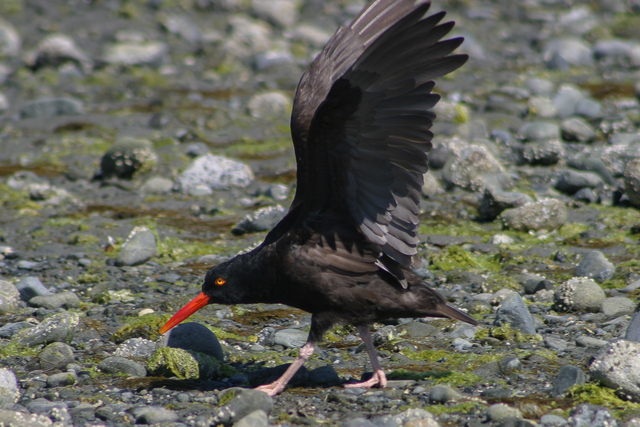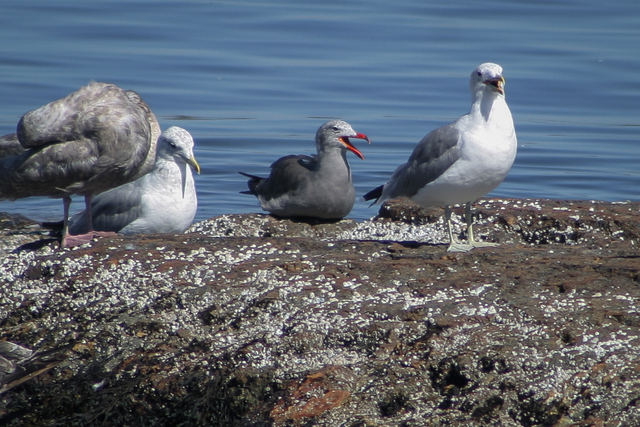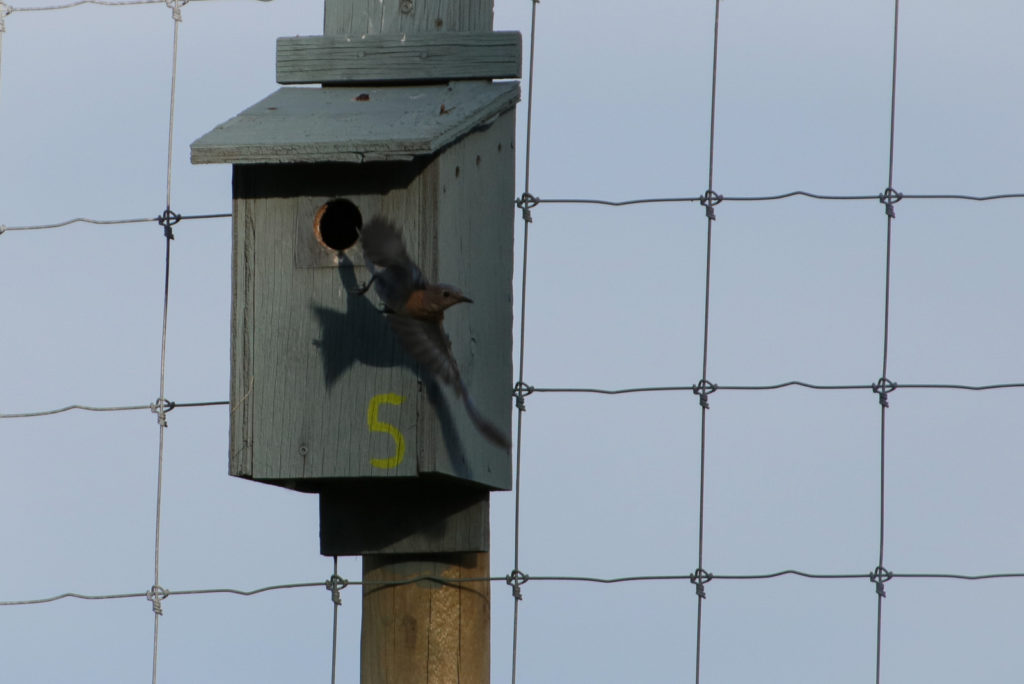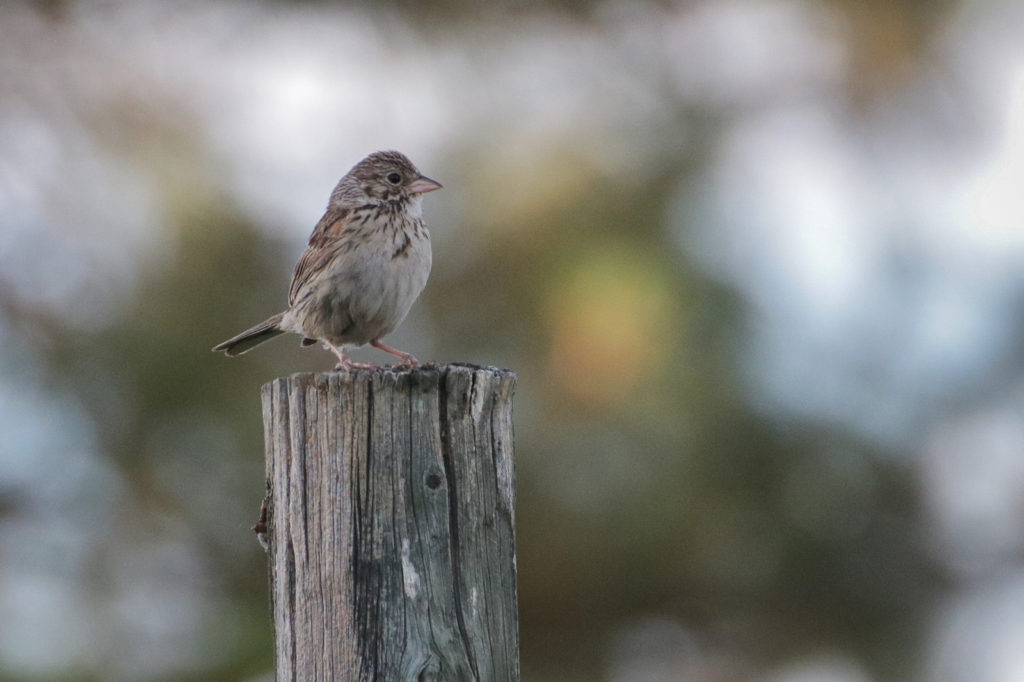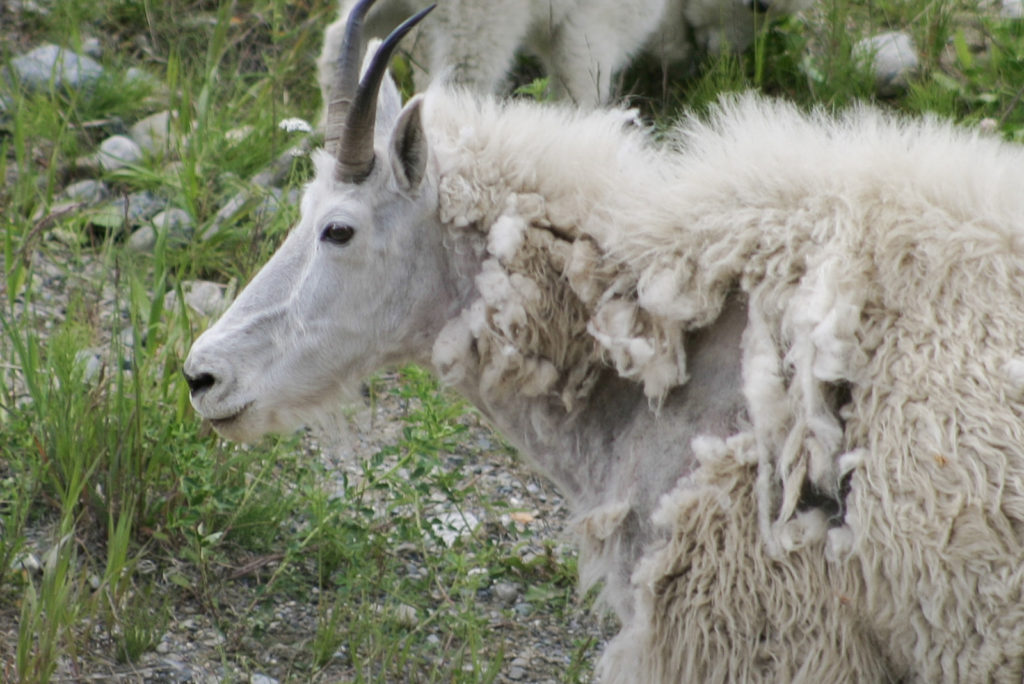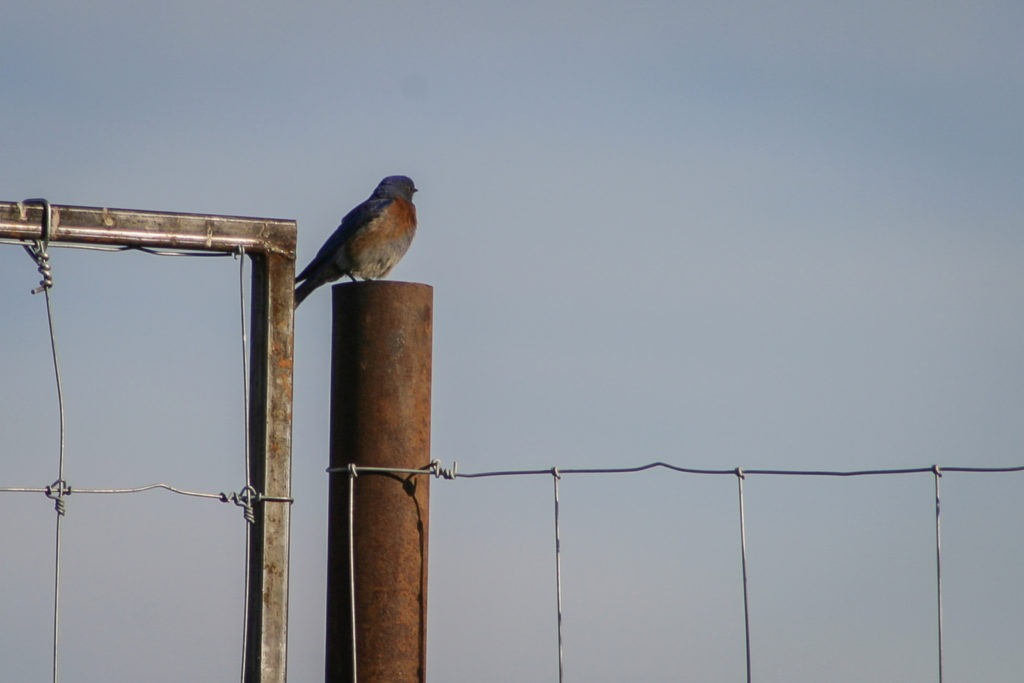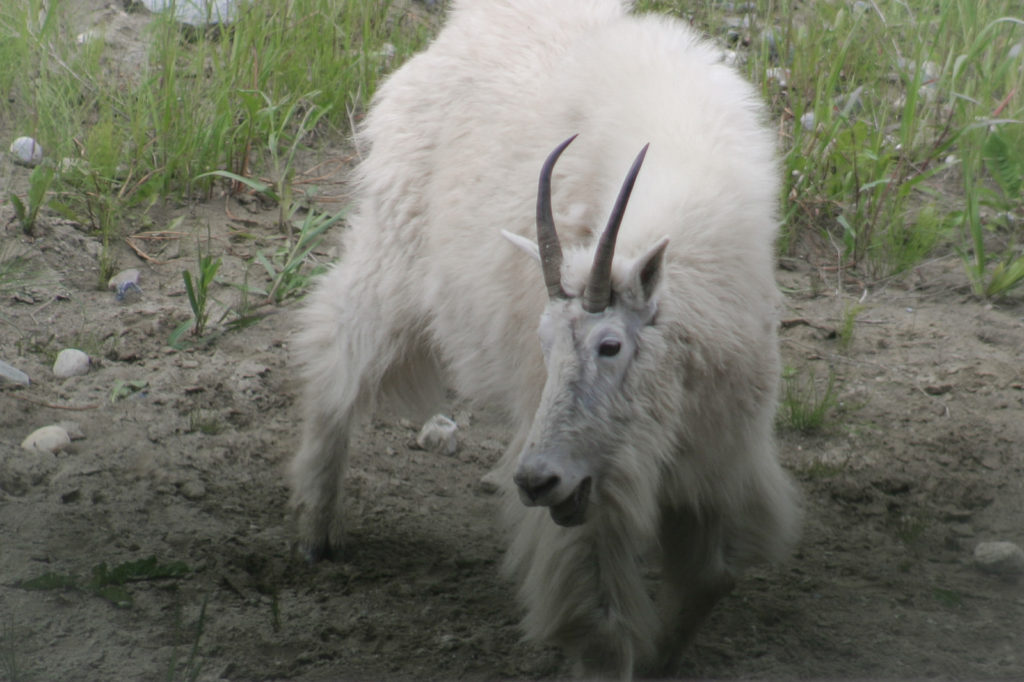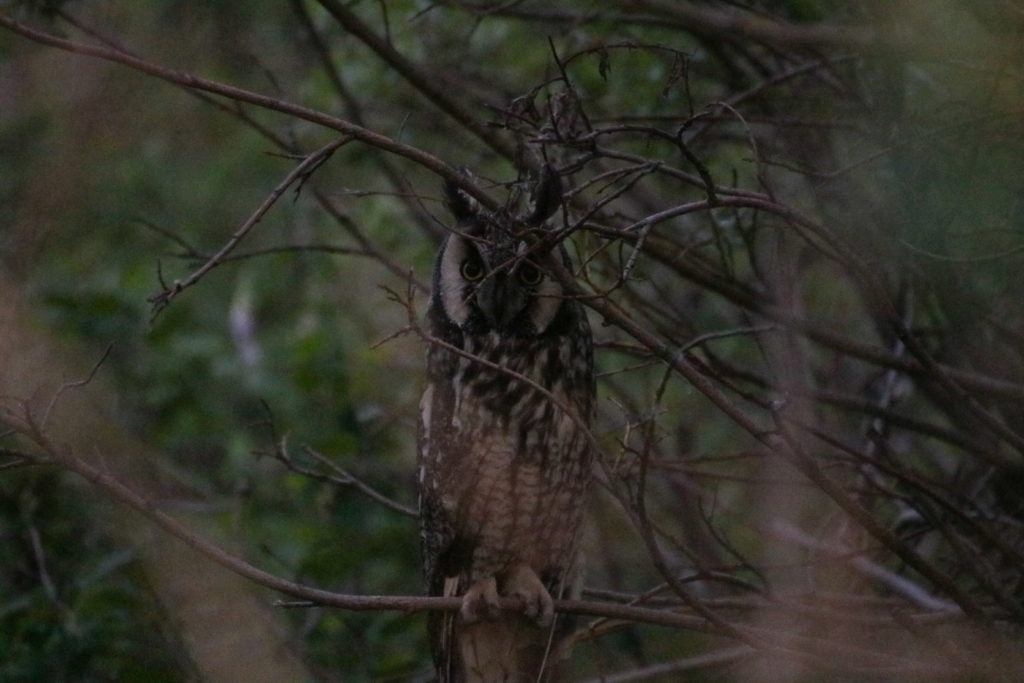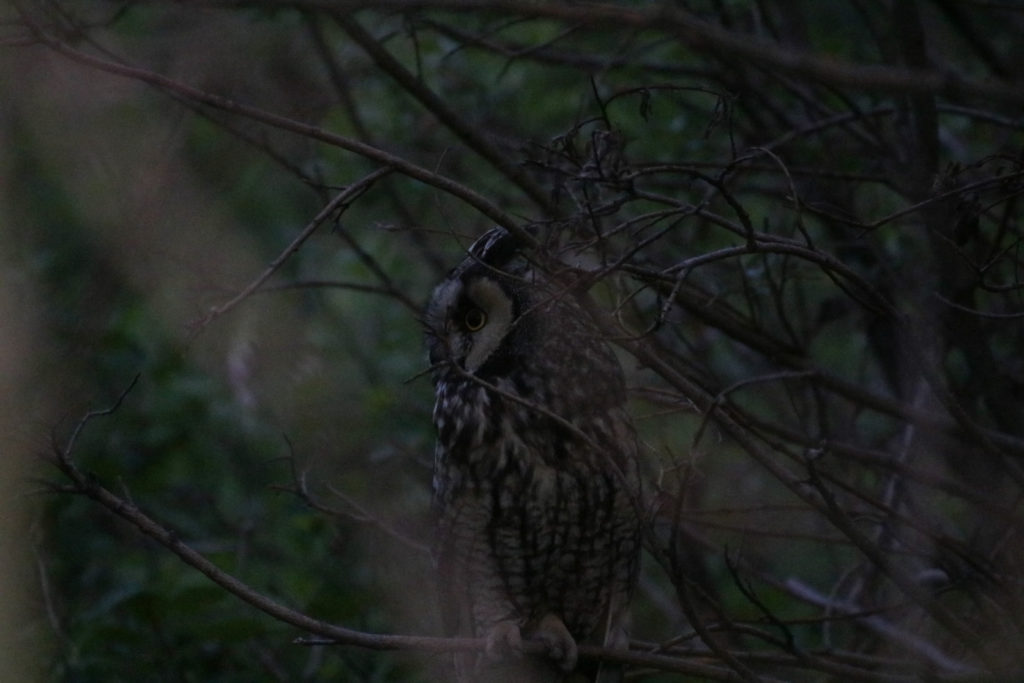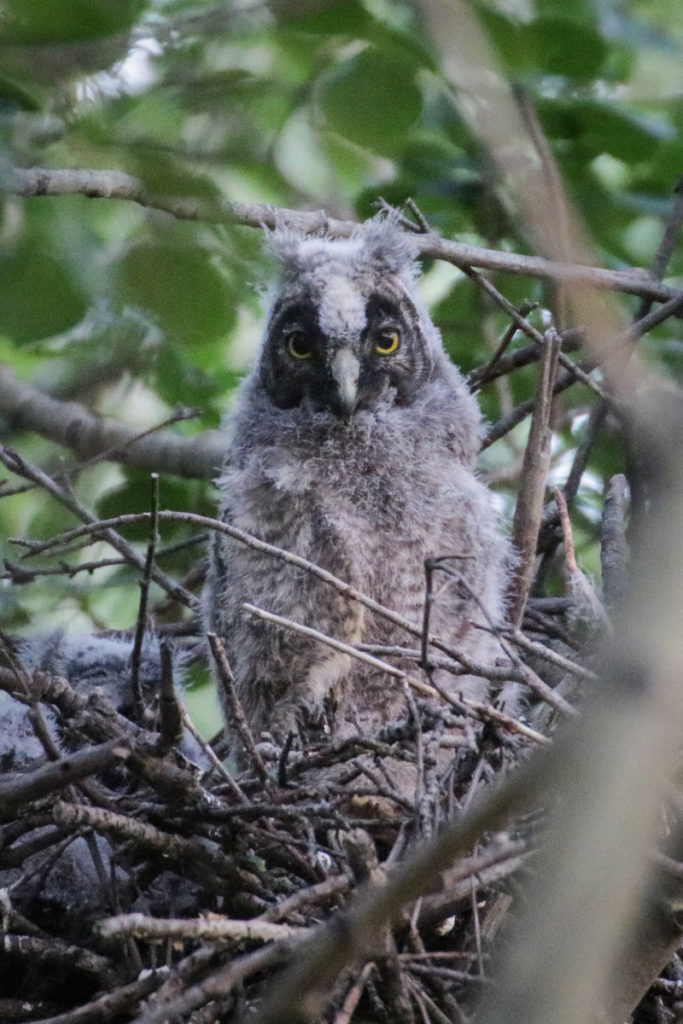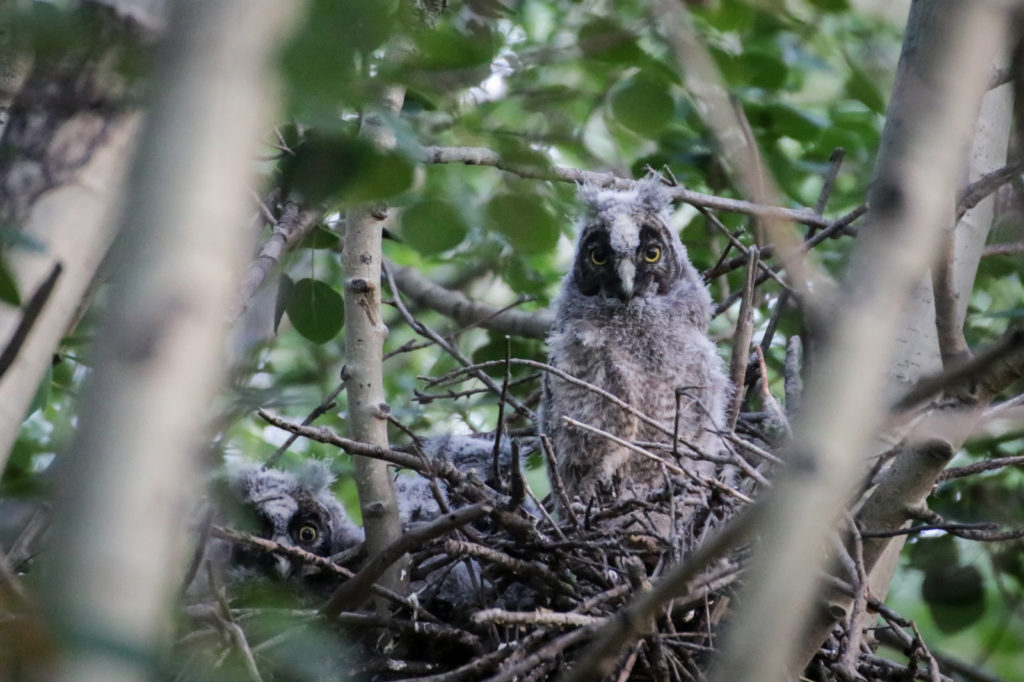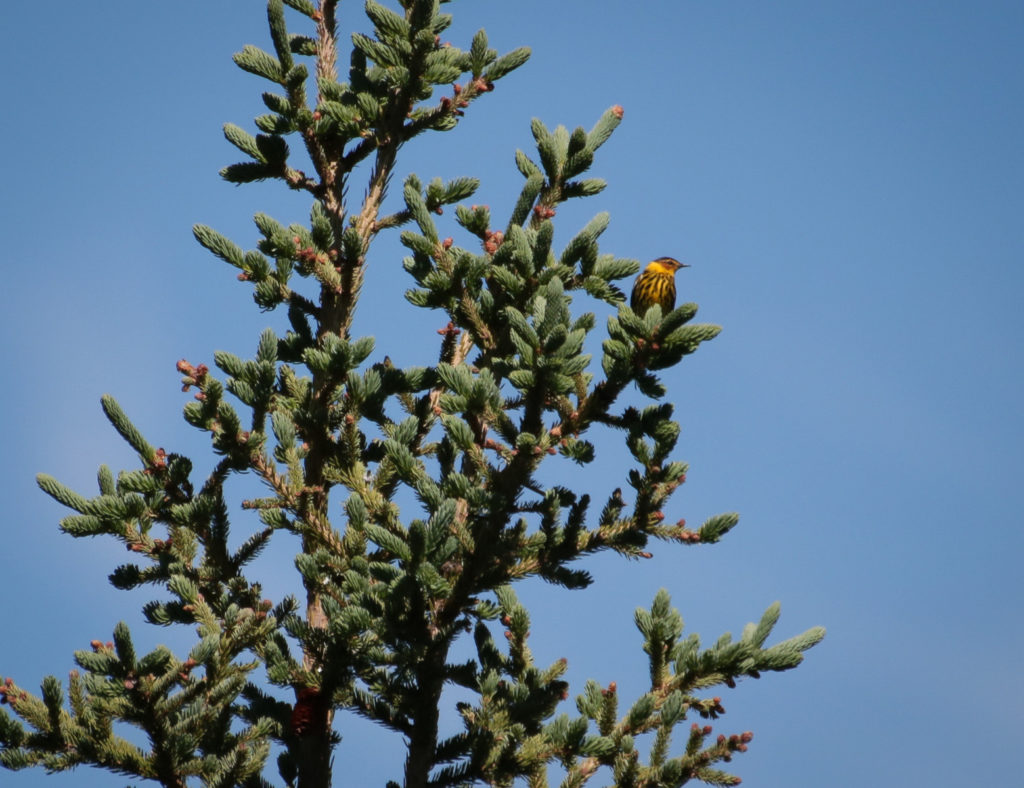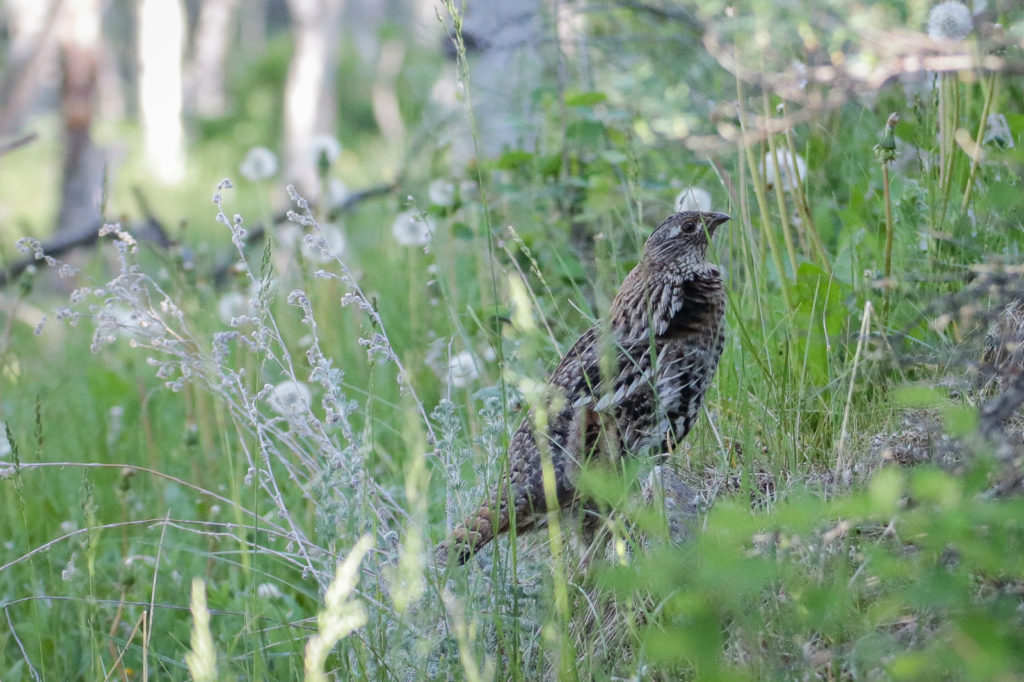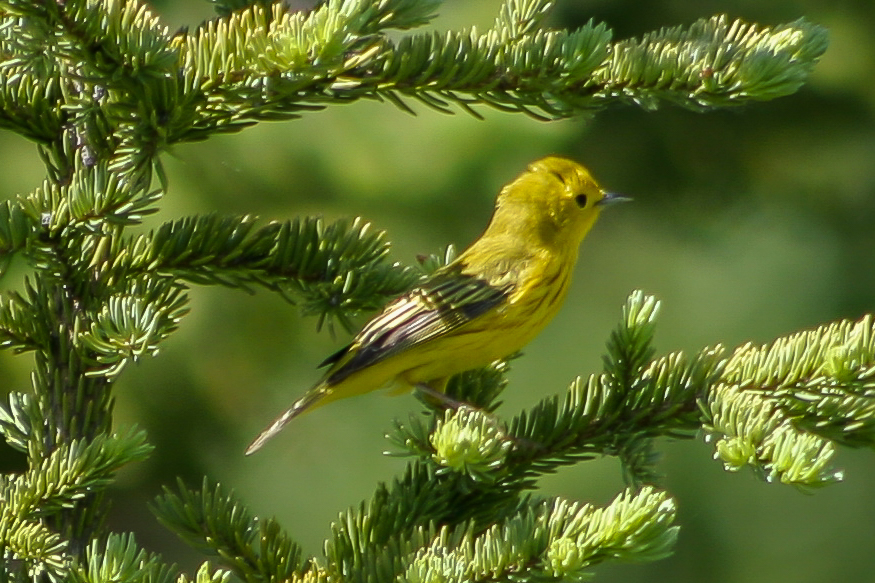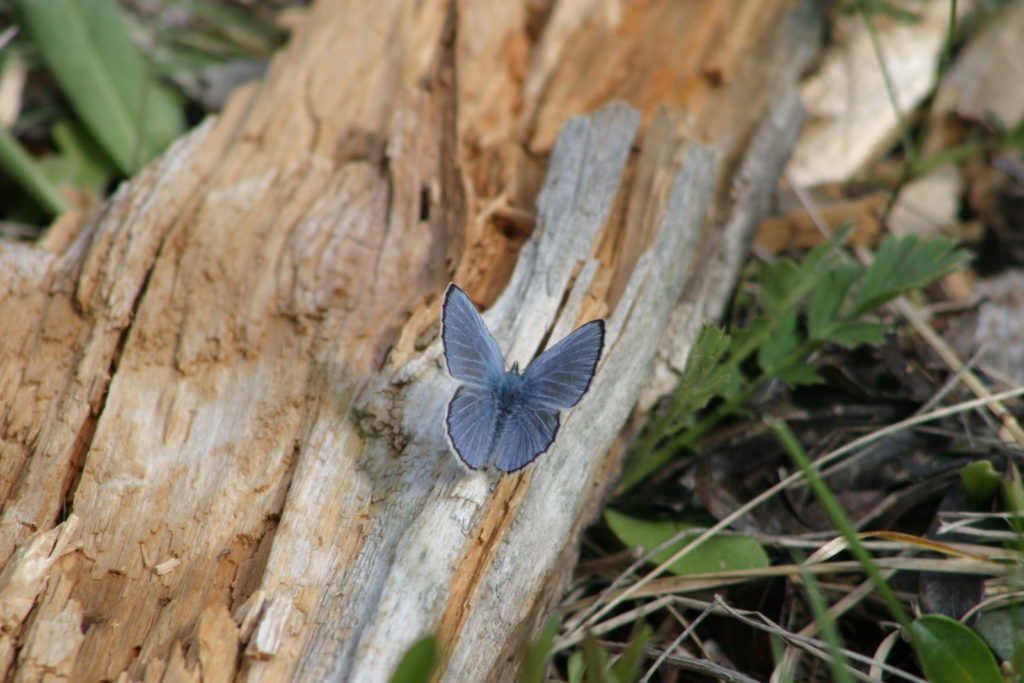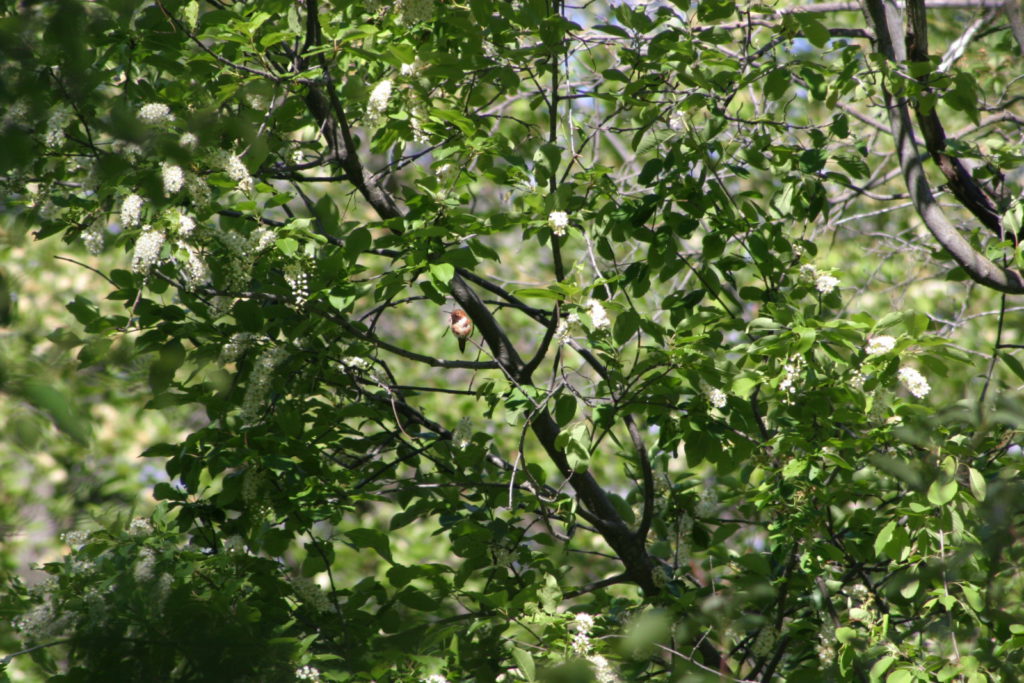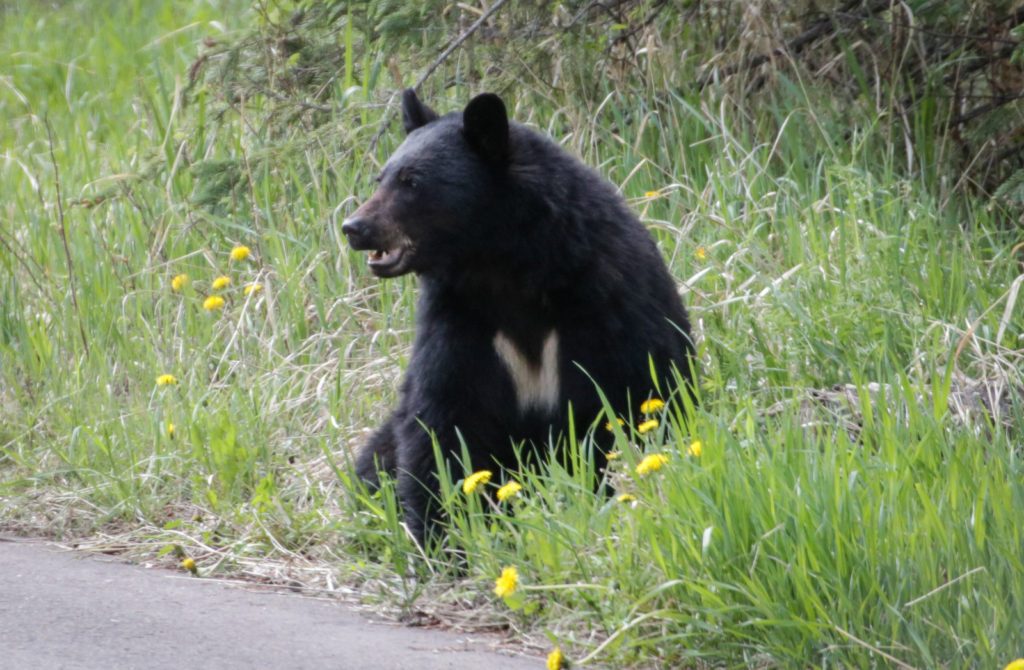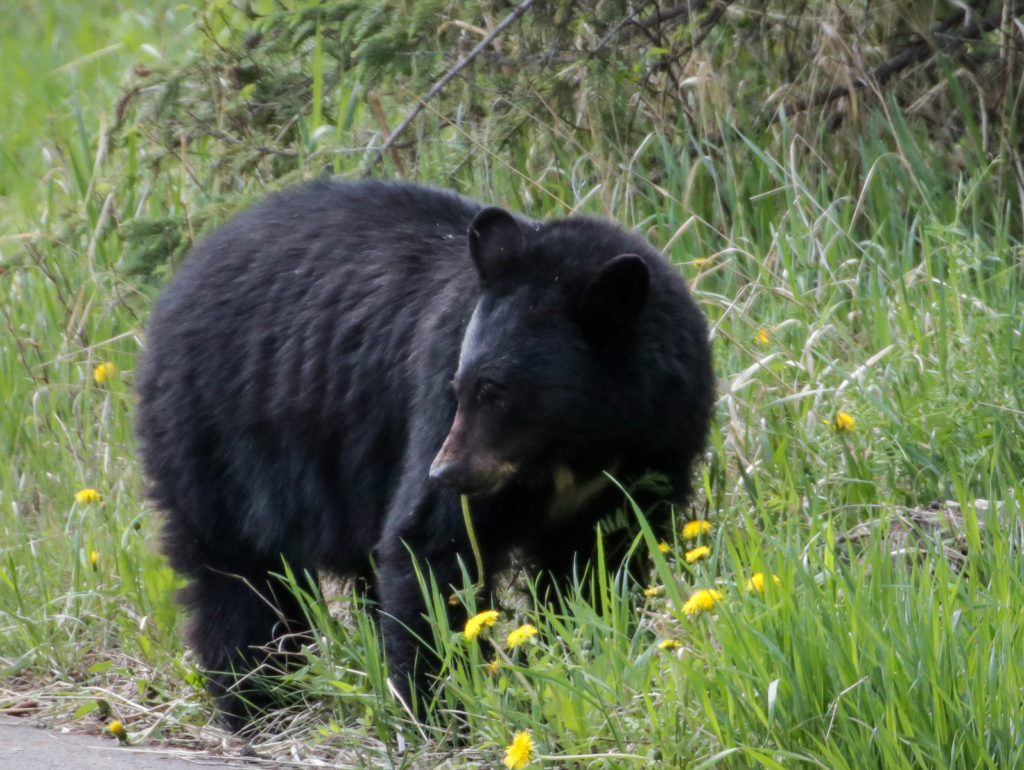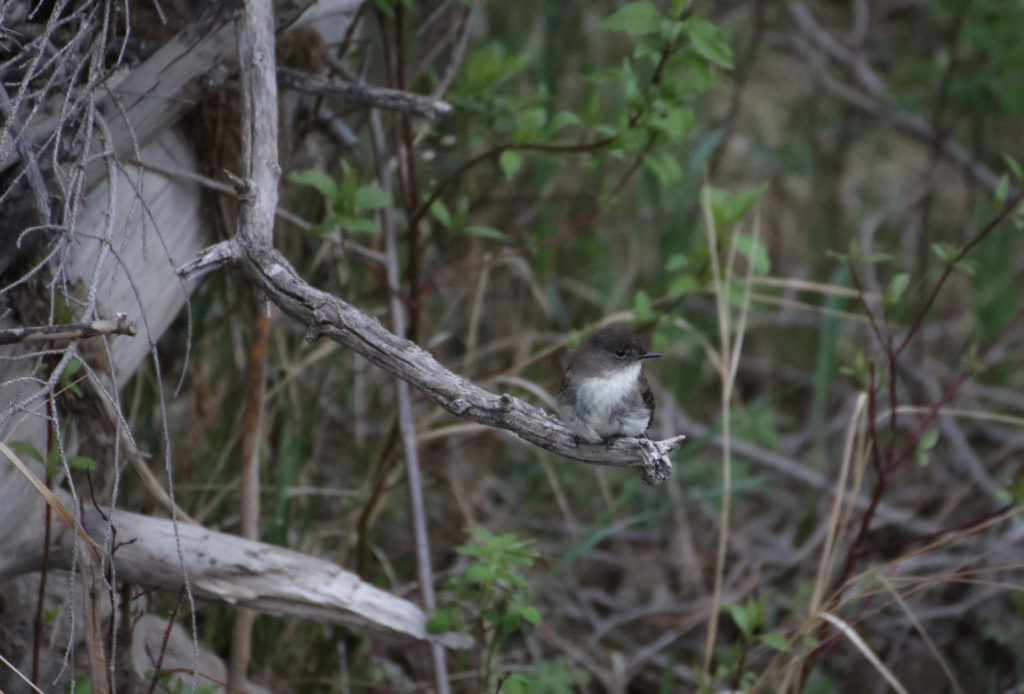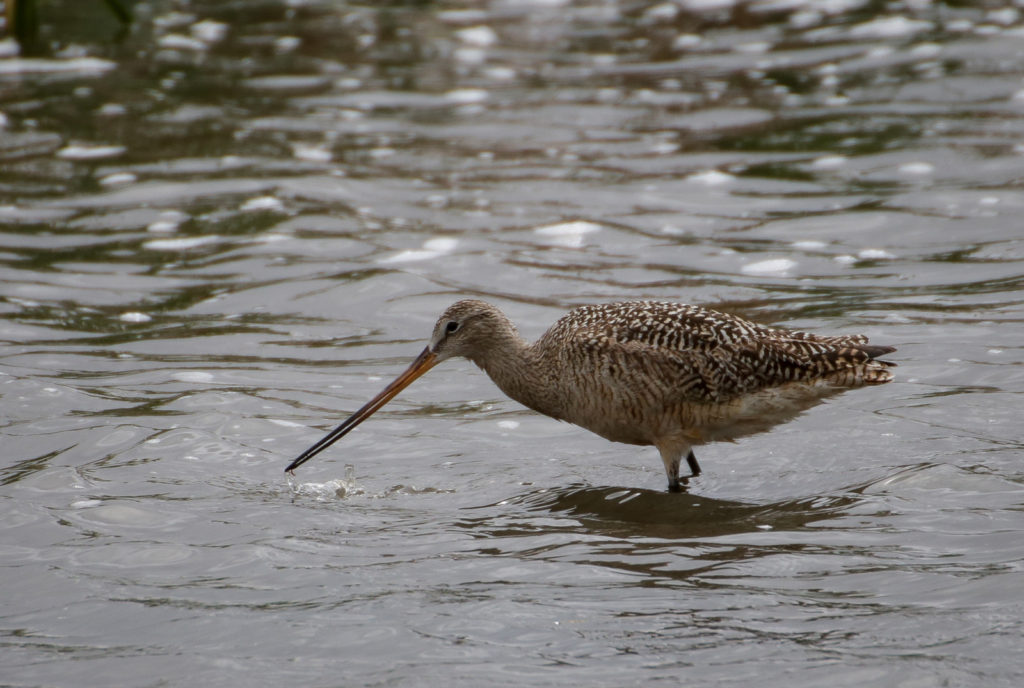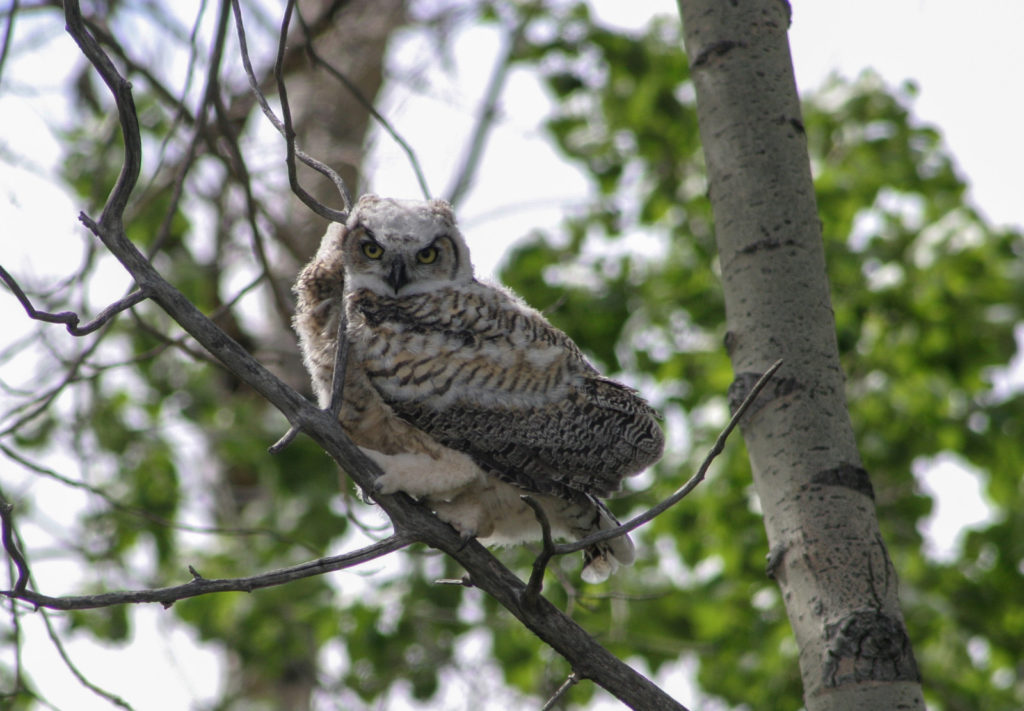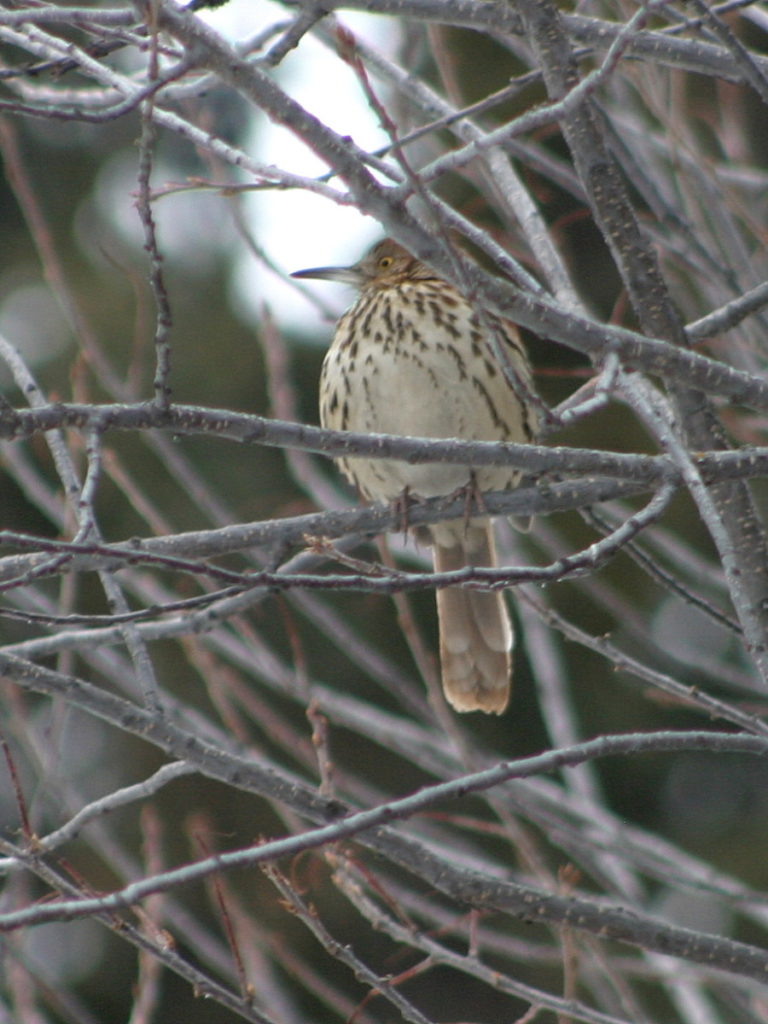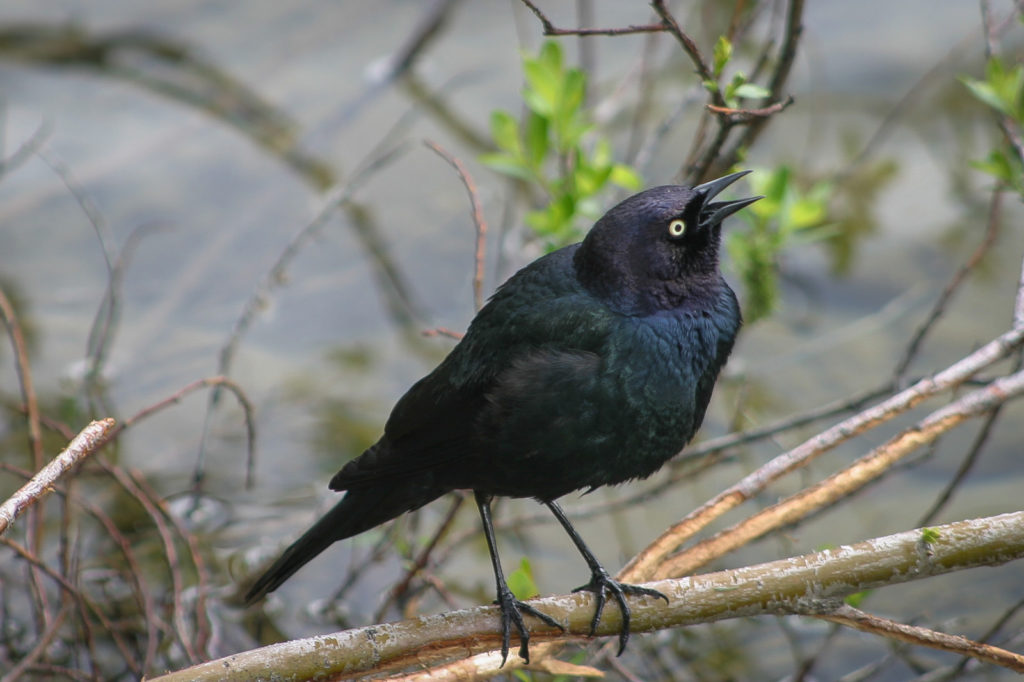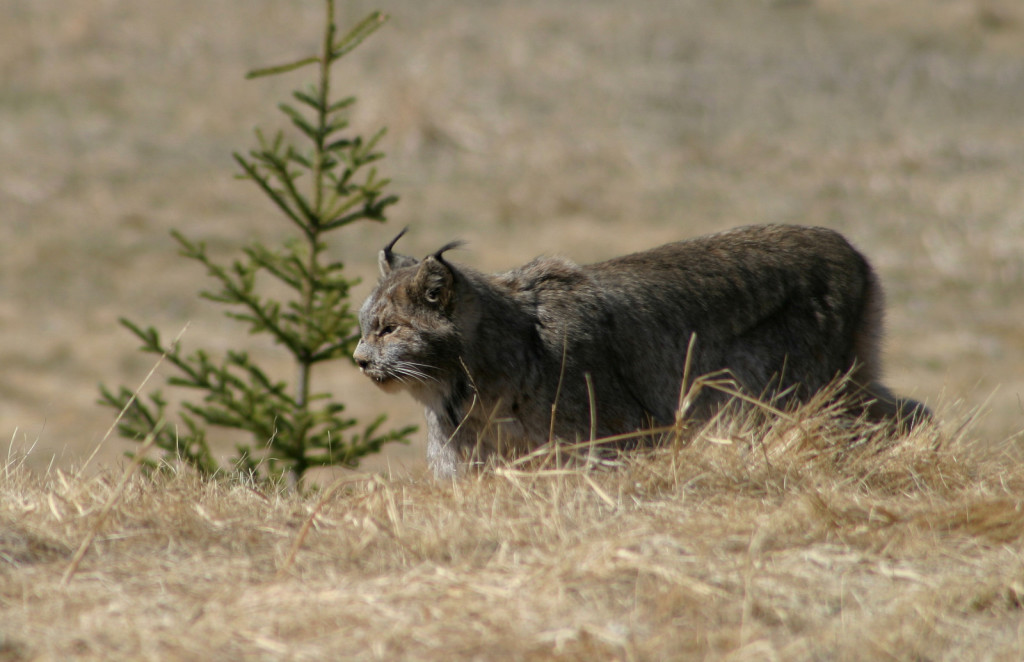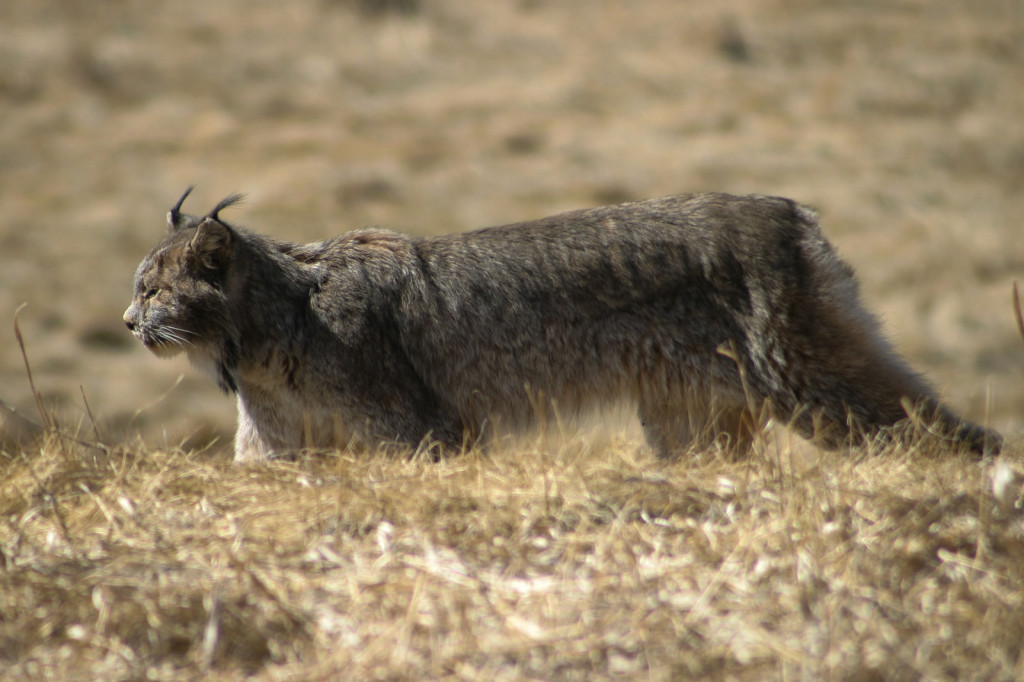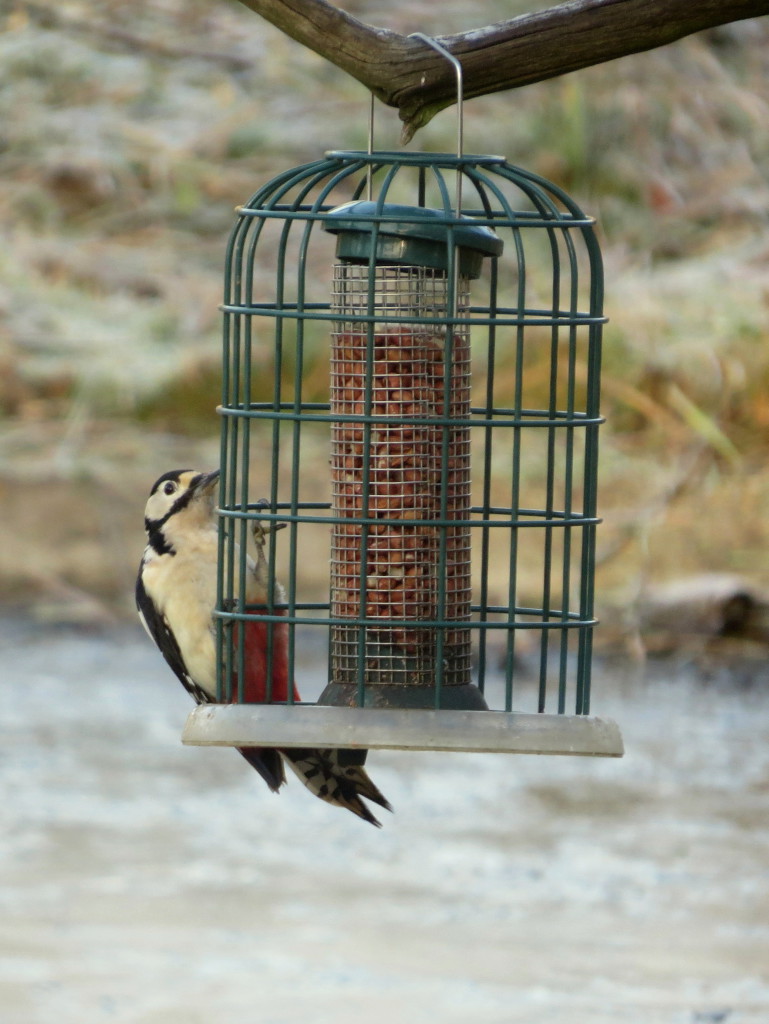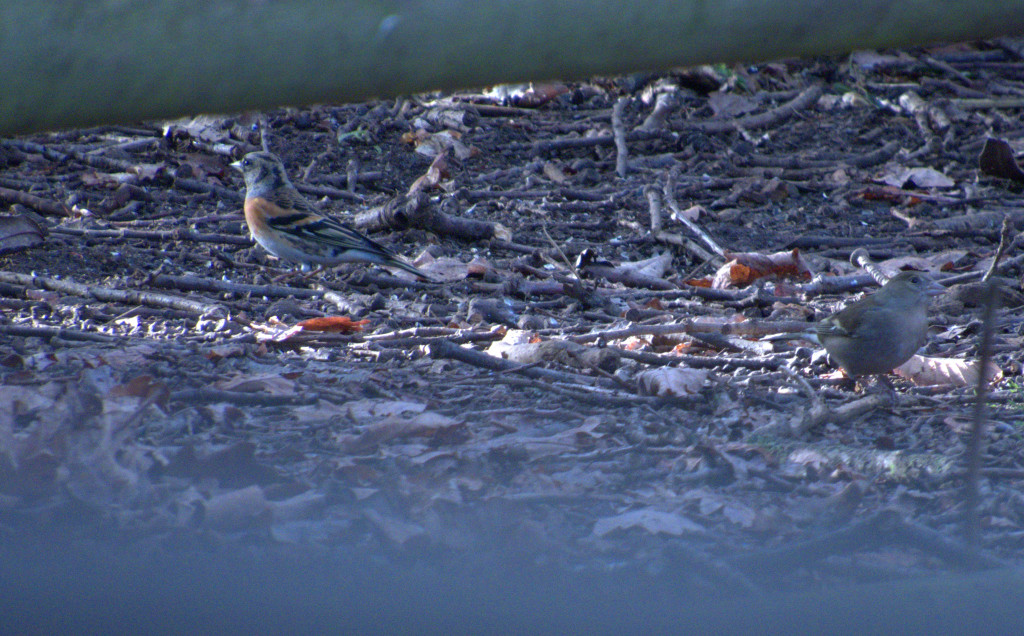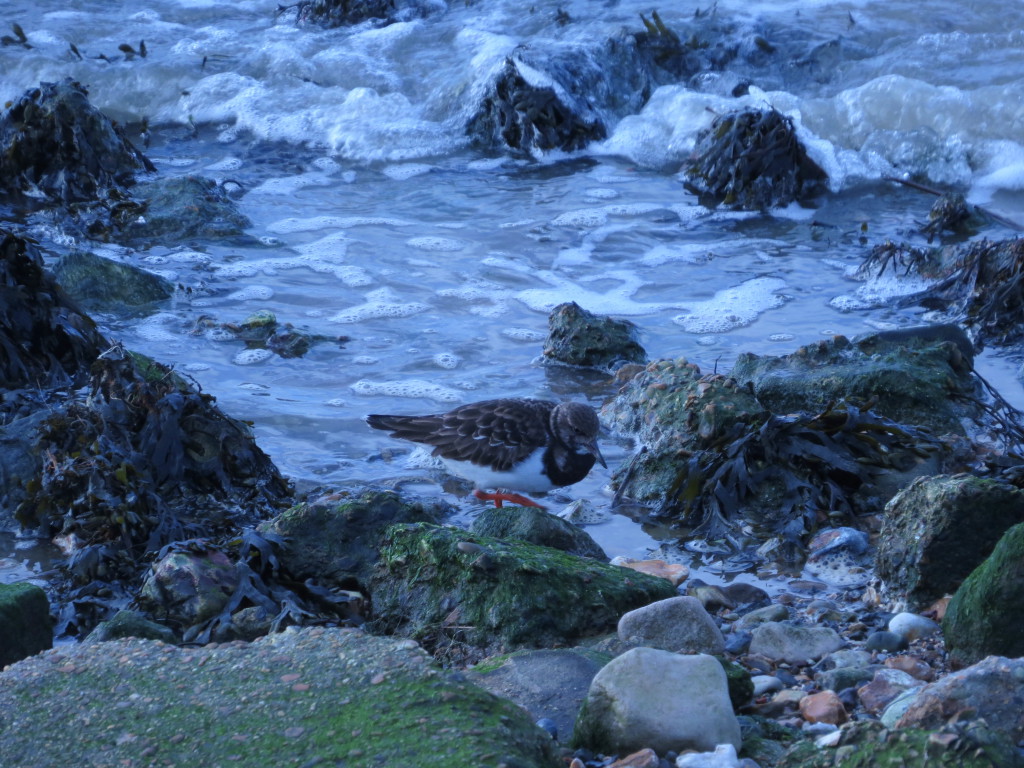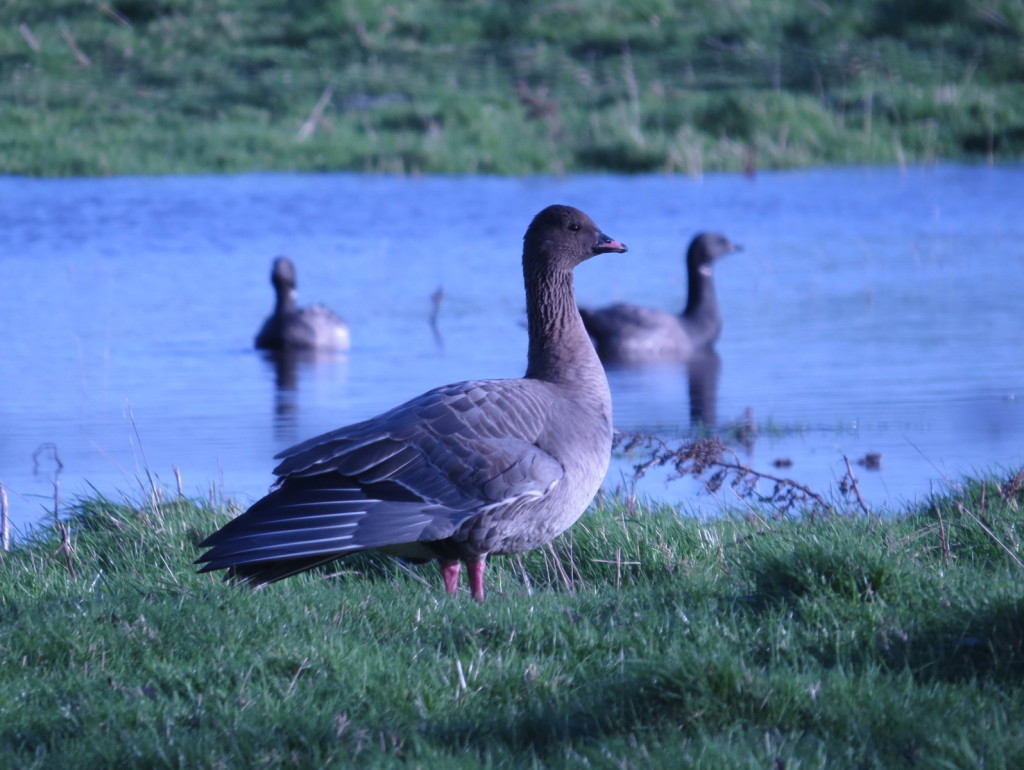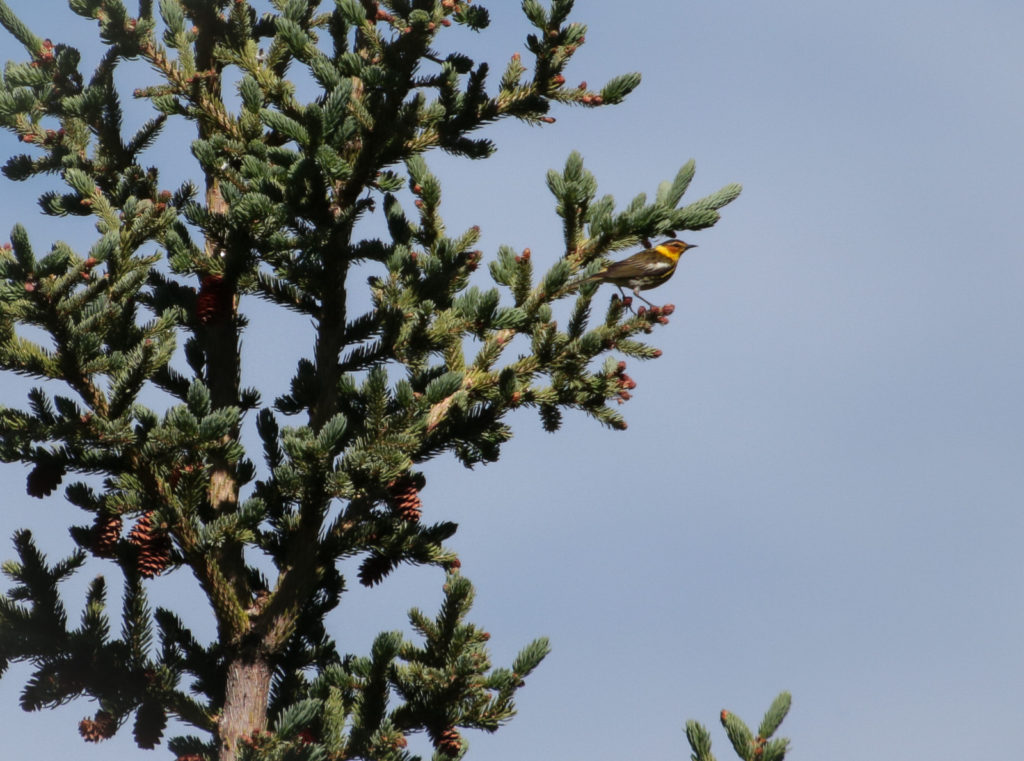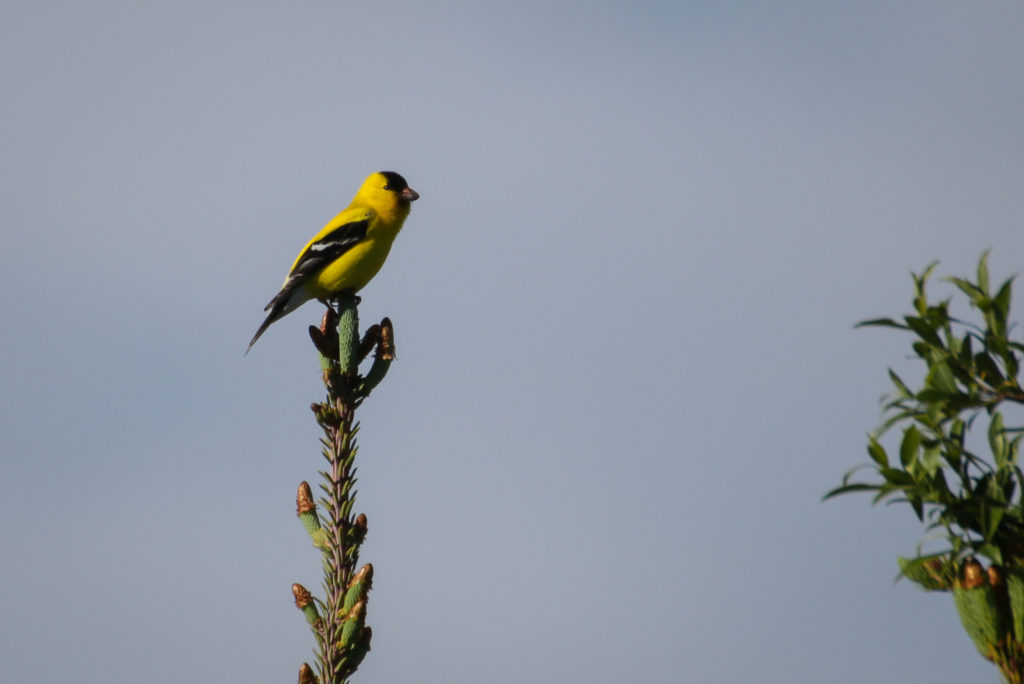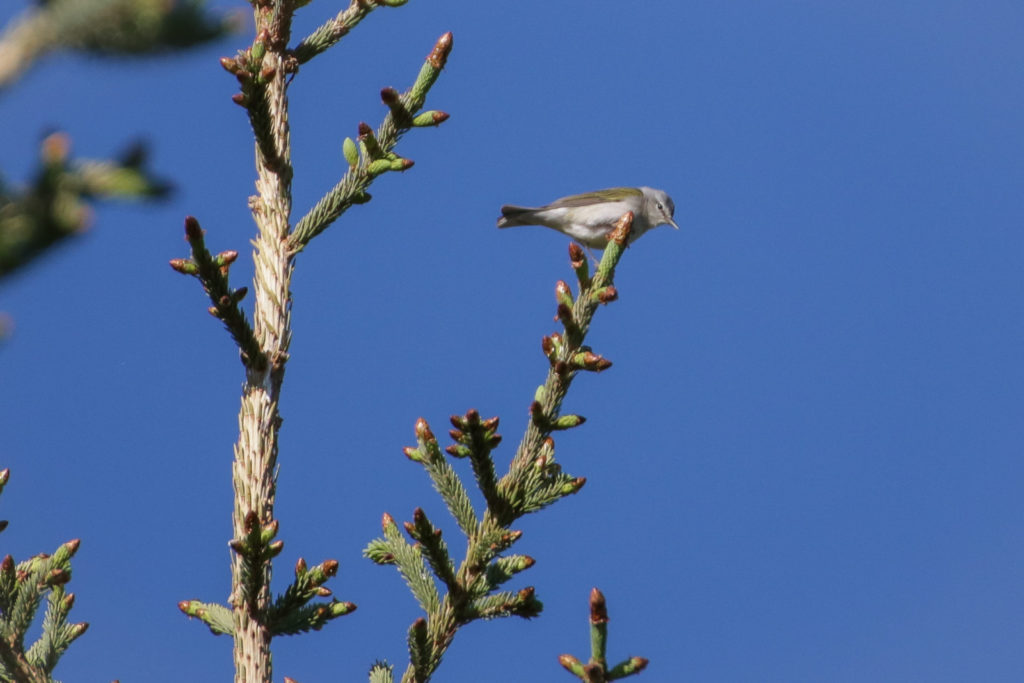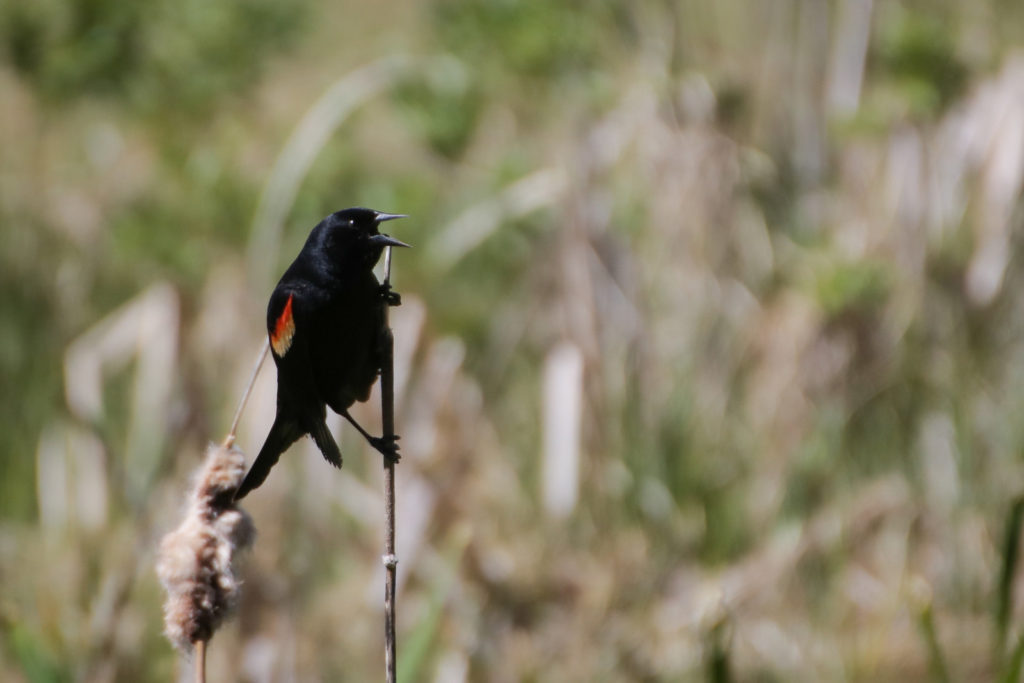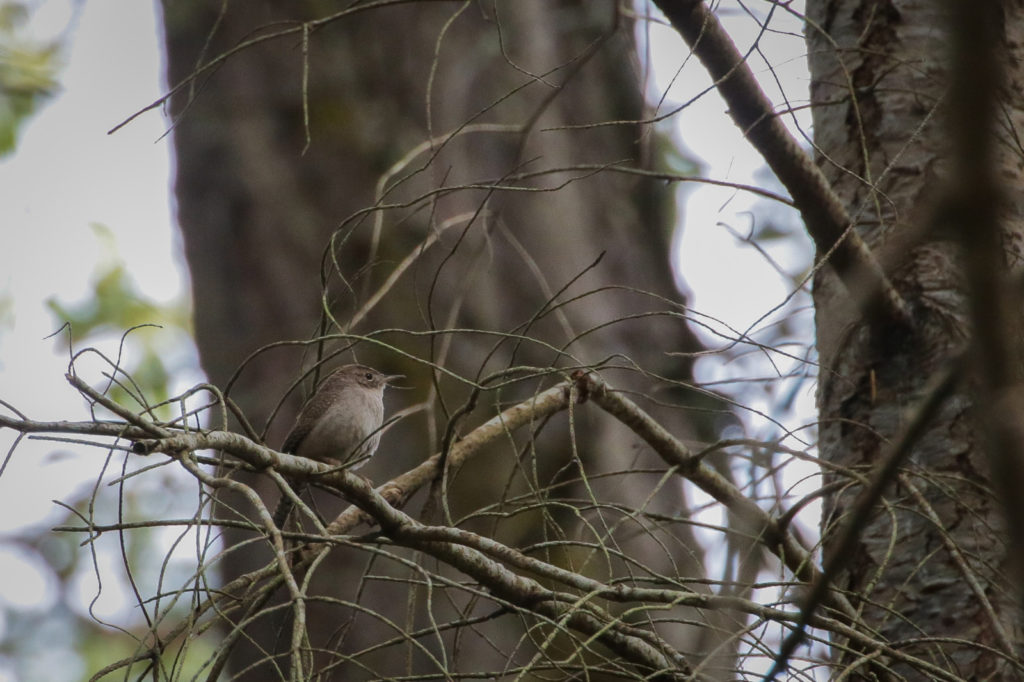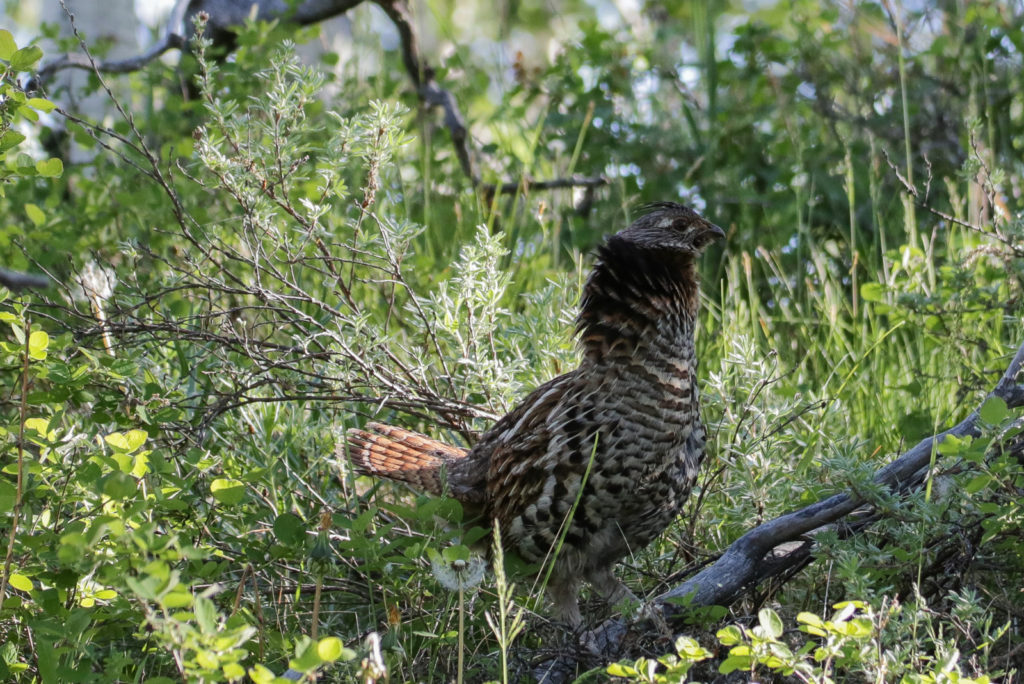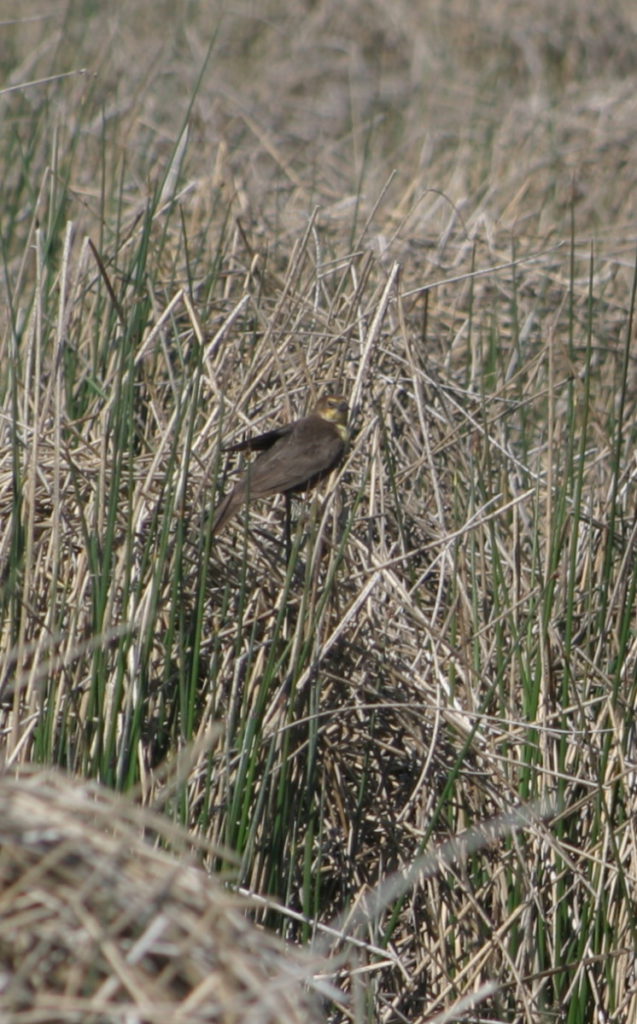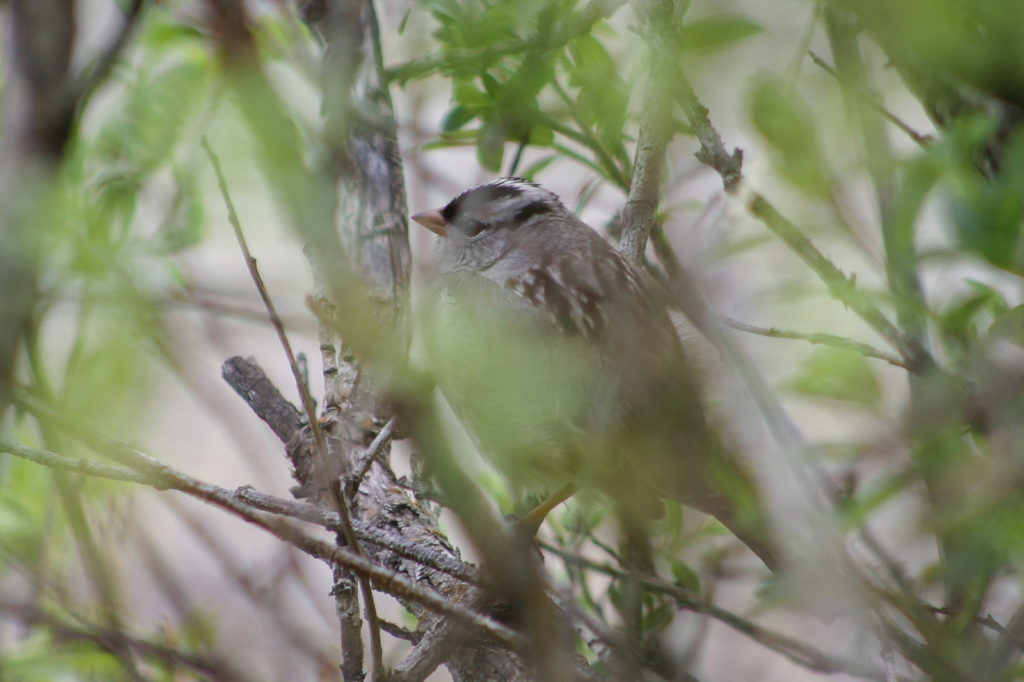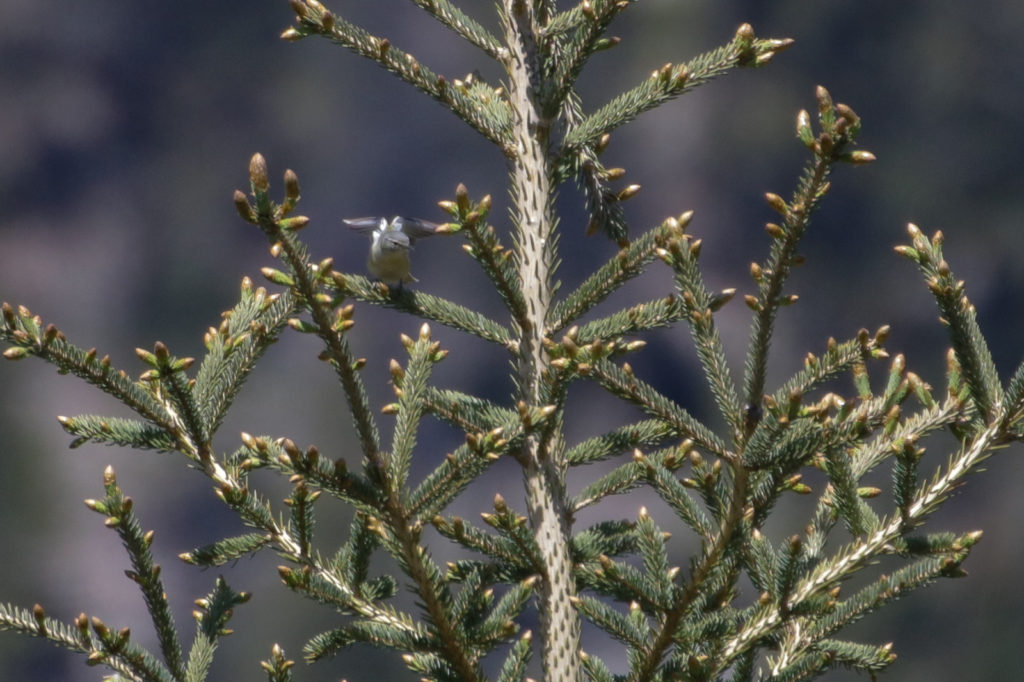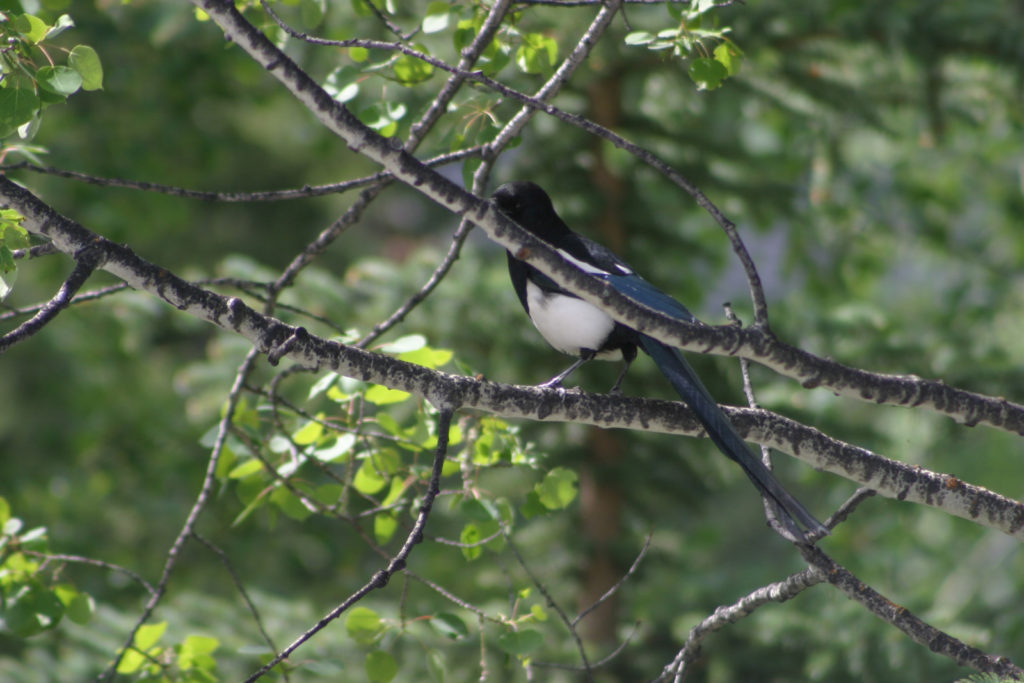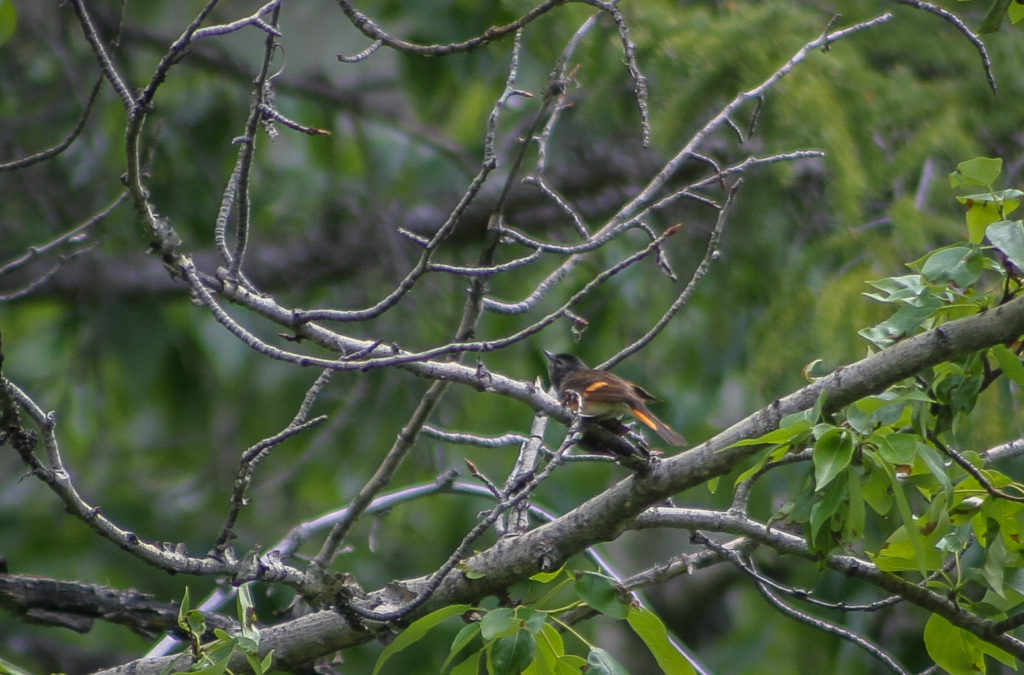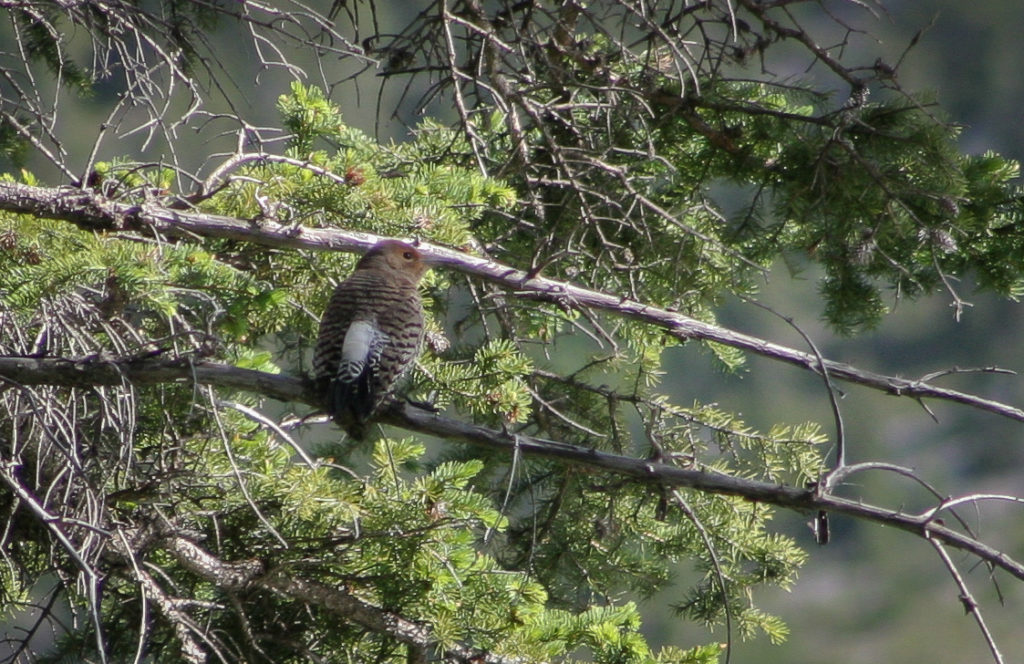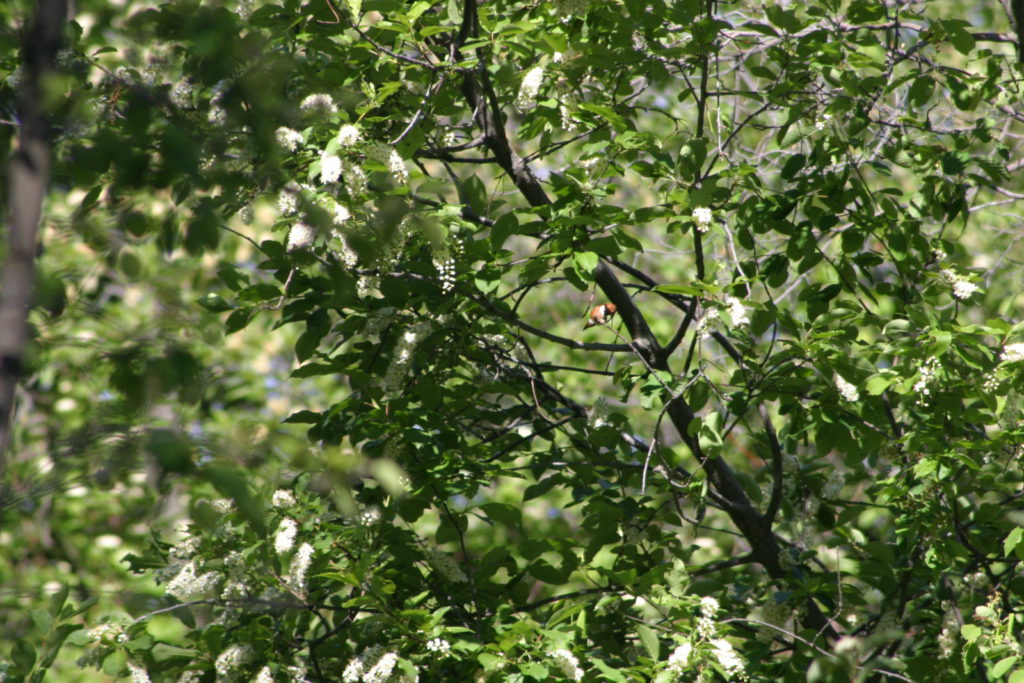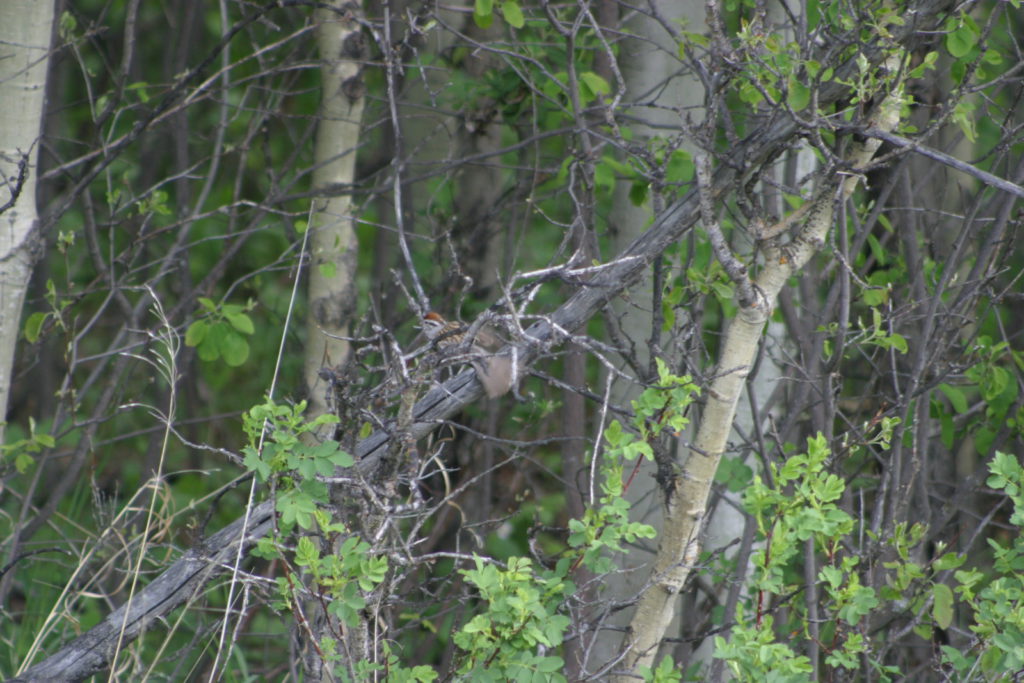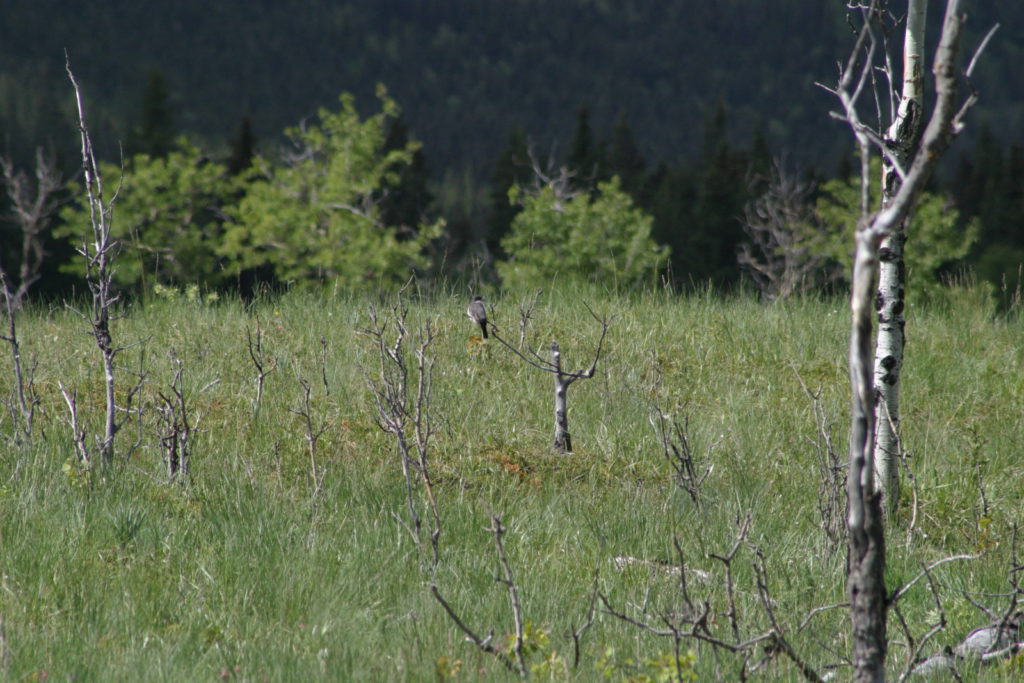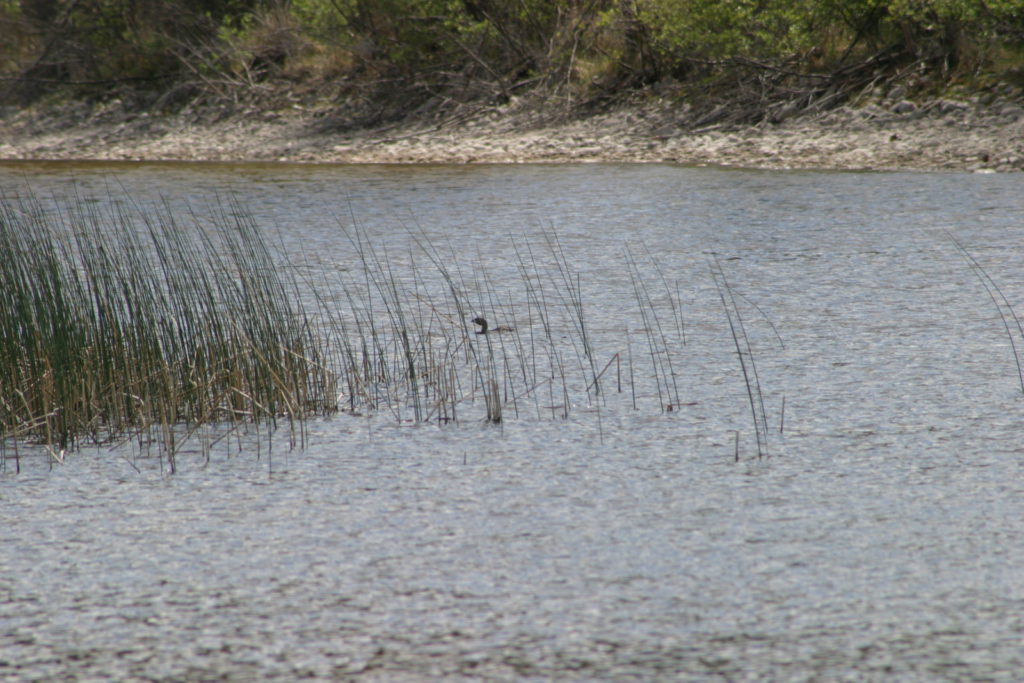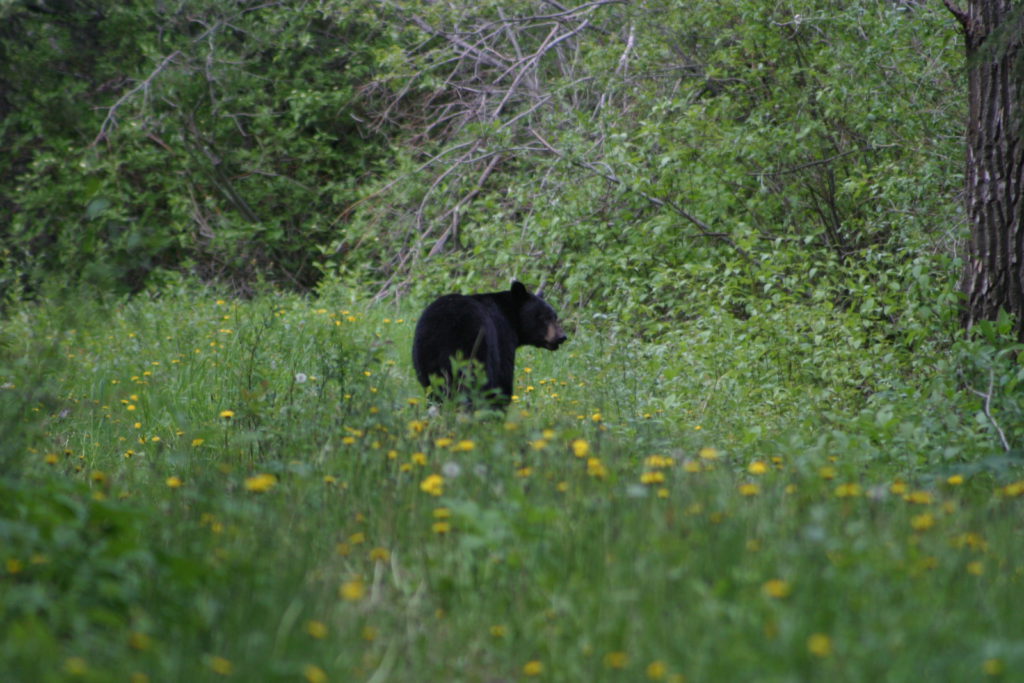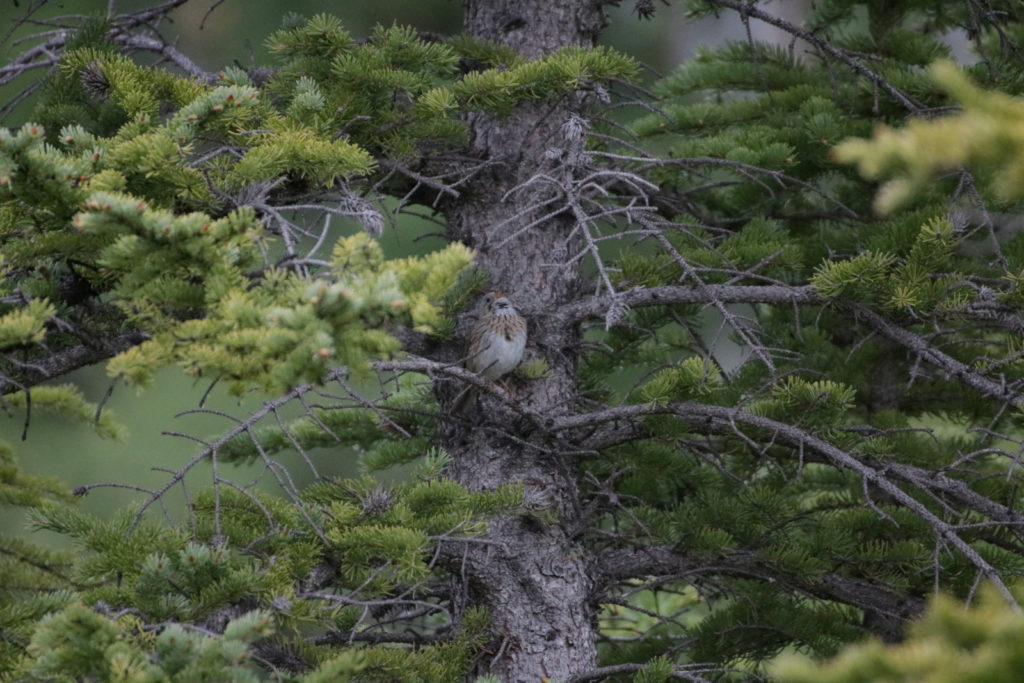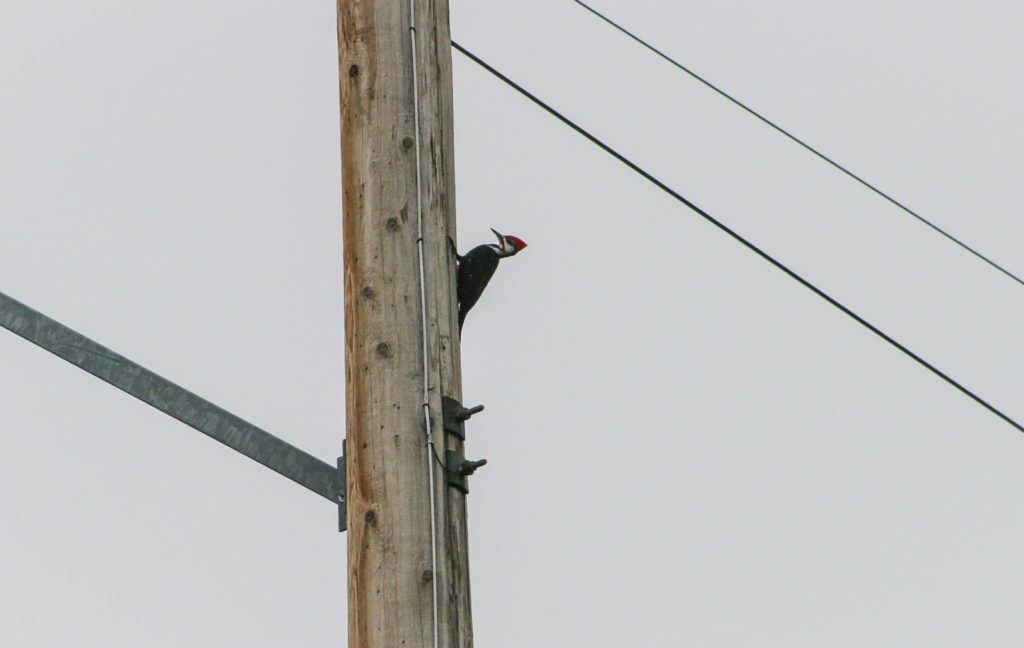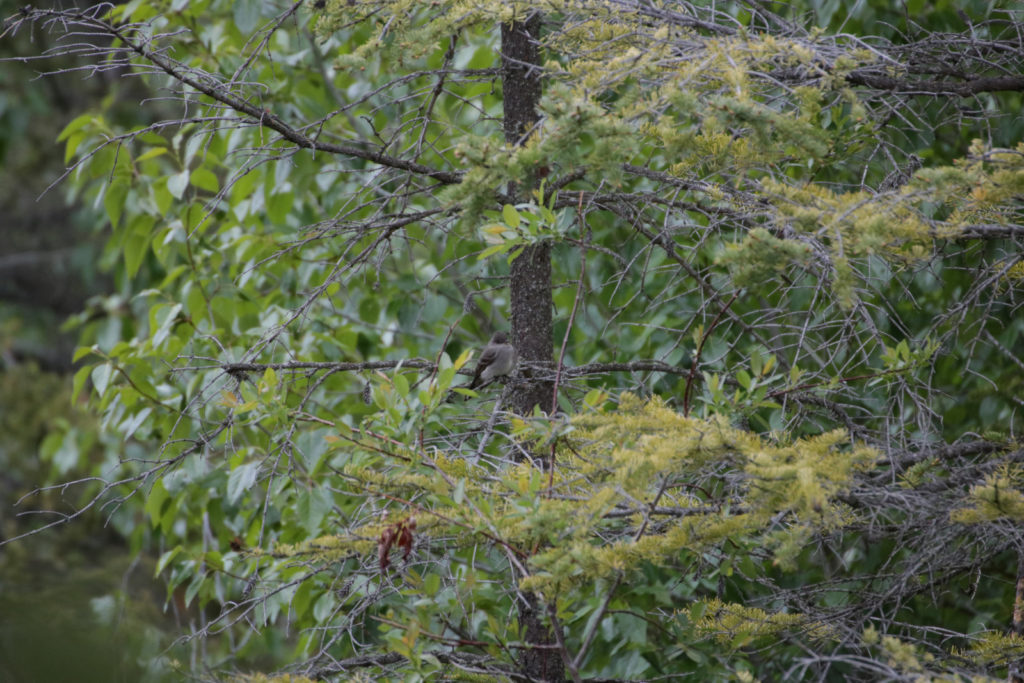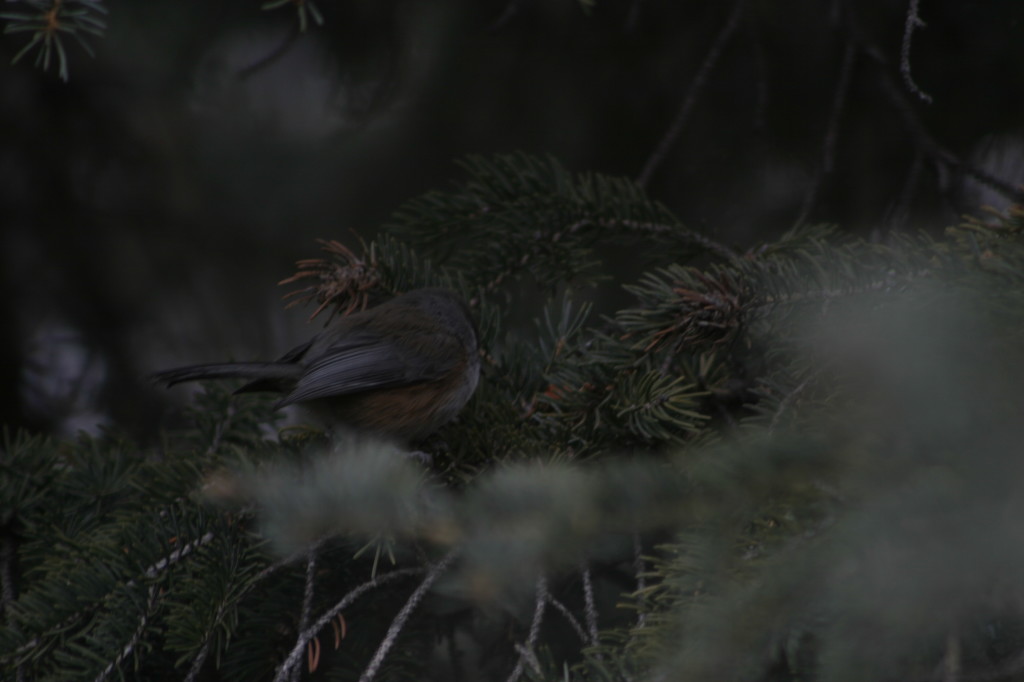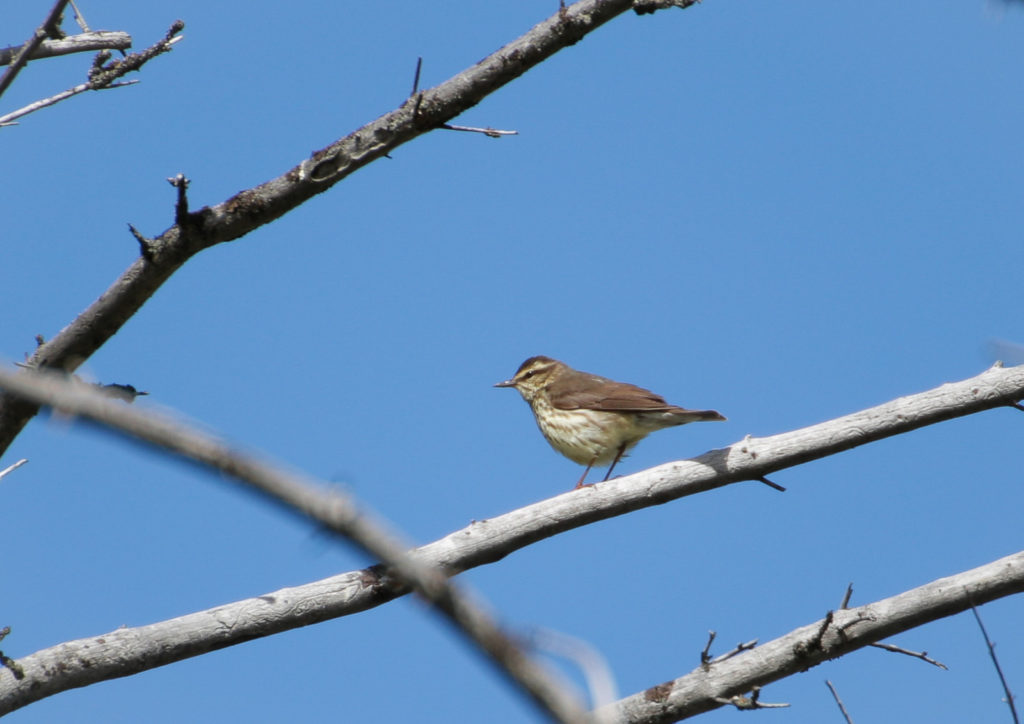First of all, a correction – I had, in the last post, made an error in my identification of photo number six – it is a Savannah Sparrow, not a Golden-crowned.
I’m sorry this comes out late; despite being one of the best things ever to happen to me, homeschooling rhythms have yet to fully settle in.
We started the second week with high hopes – it all revolved around the pelagic tour that we hoped to do in Tofino. Long Beach and Englishman River Estuary also looked promising.
Monday we visited Long Beach, where both of my siblings had a lot of fun jumping over waves.
I, on the other hand, scoped the ocean hoping for murrlets and Pacific Loons.
After about ten minutes of searching, something other than a Pigeon Guillemot or Surf Scoter brought excitement.
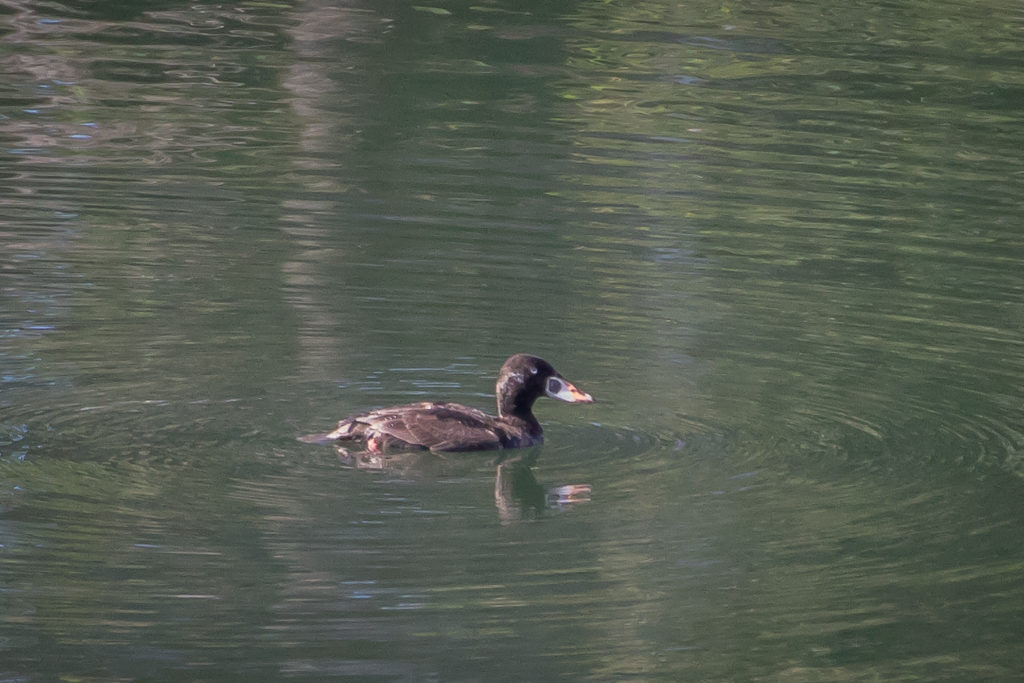
Through the fog, I could see something that could possibly be a Pacific Loon!
Nope, false alarm. It was a Red-necked Grebe. Though still interesting, it was not what I had hoped for. A few minutes more, and this time I had found a loon. In fact, there were about 6 of them, but unfortunately too far away for photos.
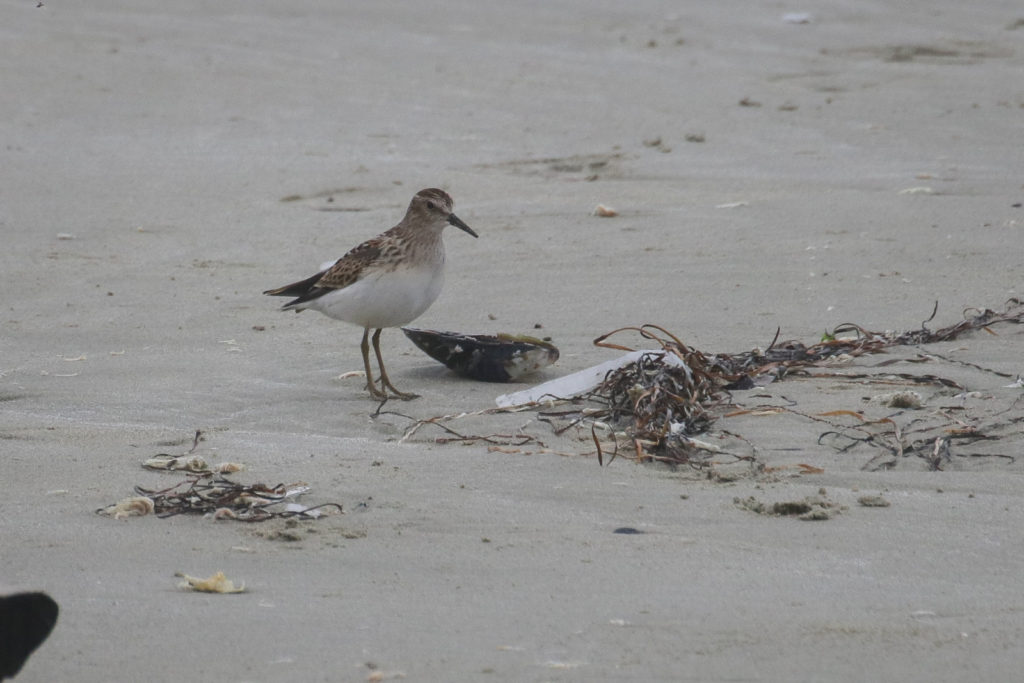
The only bird other than a gull to turn up actually on the beach, a Least Sandpiper.
That afternoon, we headed into Tofino, and found three Bald Eagles circling behind a sea-side restaurant, which was throwing out it’s fish guts.
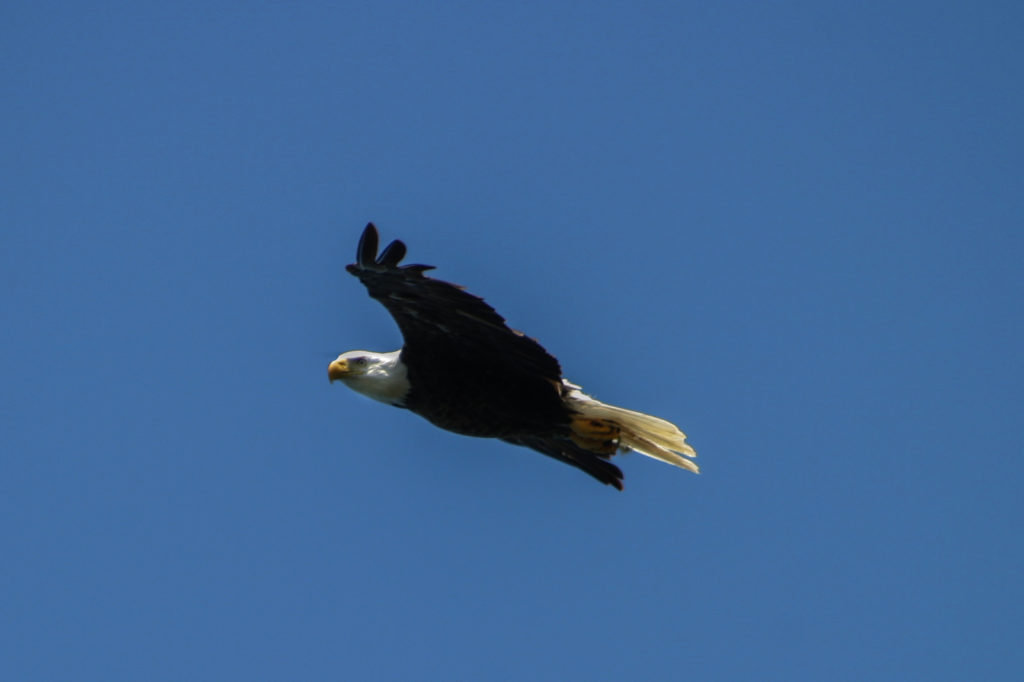
Tuesday was the day planned for the pelagic trip. Sooty Shearwaters, Cassin’s Auklets and many others awaited. We walked in to the tour office, and the co-owner radioed a captain who was out near where we would go. Apparently, there was still fog out near the island, and the waters were getting “tricky.” In short, we could not go. That hit us hard. The entire trip had hinged on this outing!
We drove back across the island (meaning Vancouver Island) and once on the other side, met up with some friends who had recently moved there. At least, the others did. My Dad and I went to Englishman River Estuary for a couple hours.
Killdeer were the first things we saw, and we went on to count 35 of them along with the Western and Least Sandpipers, and a few Sanderlings. A bunch of Common Mergansers and a late Western Gull added to a total of 21 species.
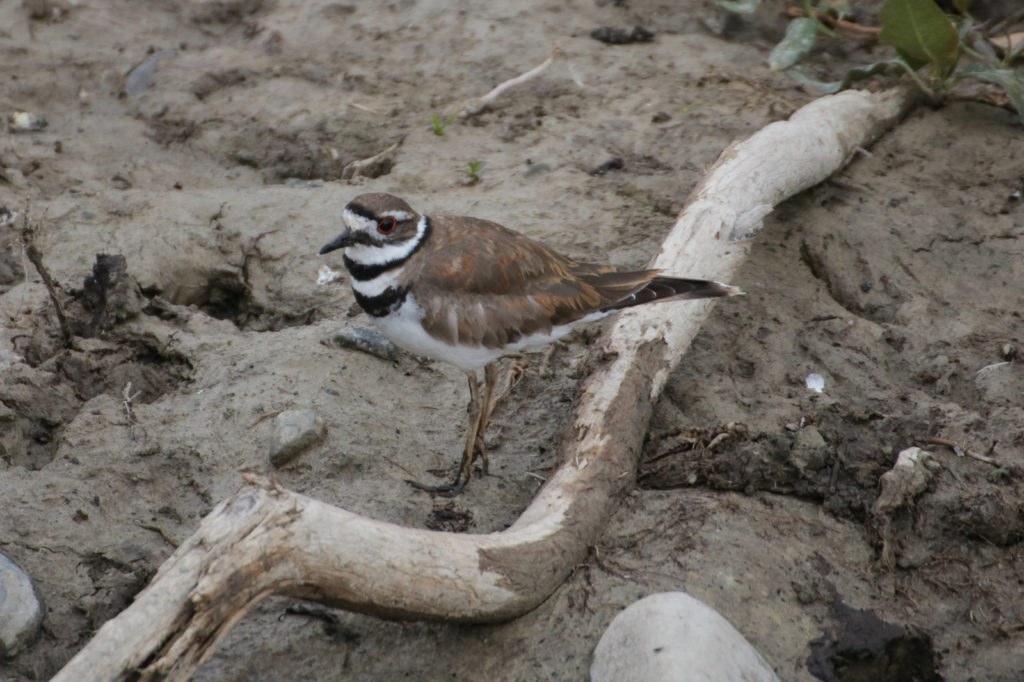
The next day, we had a long stop at Rathtrevor Beach, where there were oystercatchers, sandpipers and gulls galore. There was also a quickly approaching tide, so some wet feet were involved.
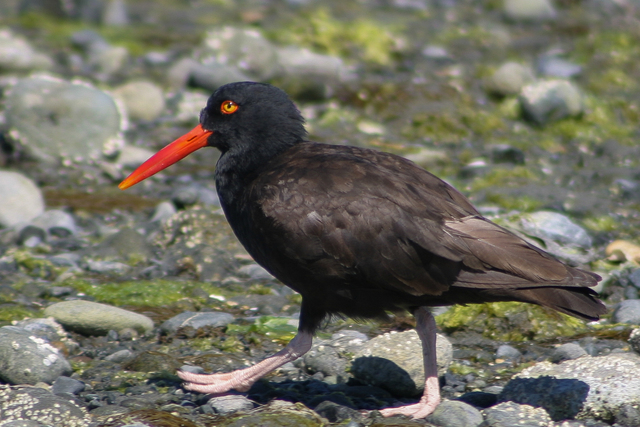
In Victoria, we did a short whaling trip during which I did as much birding as possible, drawing out Surfbirds from a photo of an island. At the time, I was unsure of their ID, but now there is no doubt, though the photos are bad. An aqua-phobic just can’t take photos from a boat.
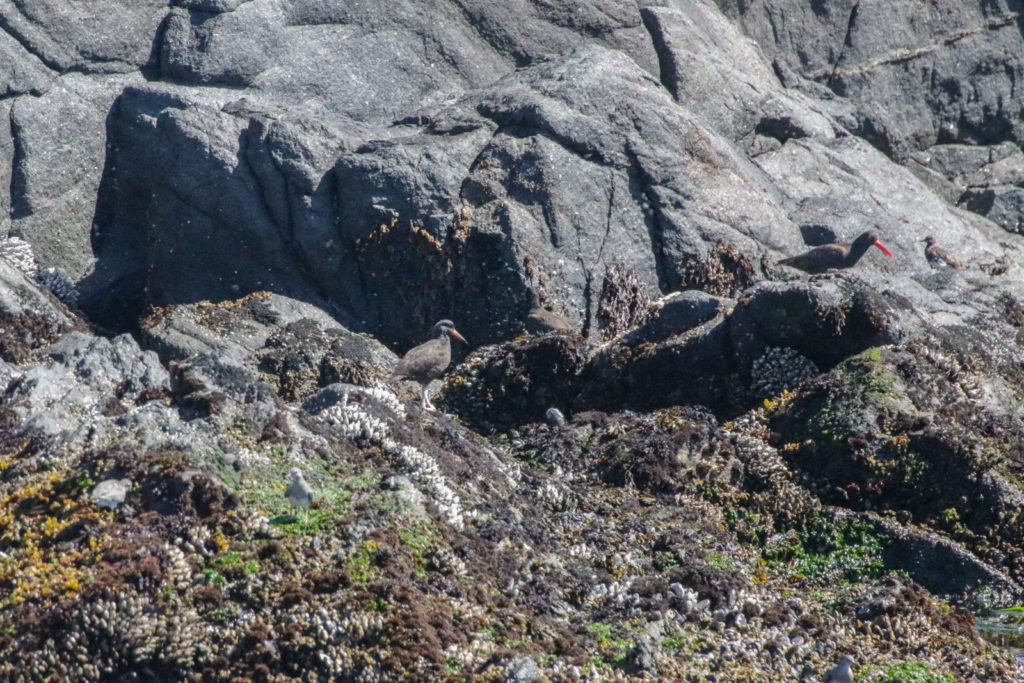
Can you find all the birds?
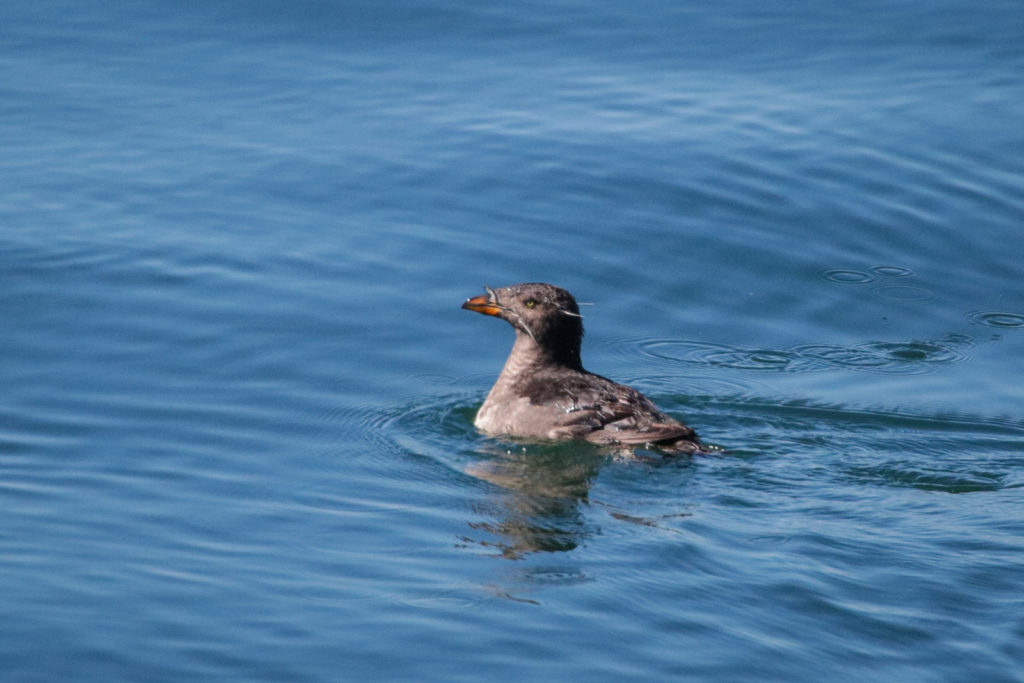
That evening, we headed out to Clover Point, where we (eventually) found the much-hoped-for Heerman’s Gull.
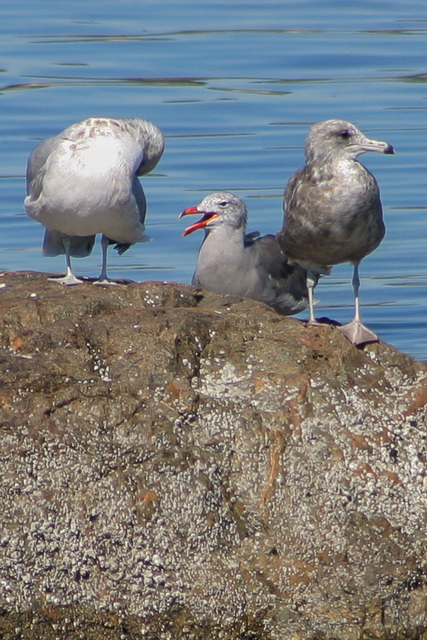
Back on the mainland, a quick stop-over at the fabled Reifle Bird Sanctuary turned up 35 Herons, 10 Sandhill Cranes and a Virginia Rail among others. This Leucistic Mallard is banded, but unfortunately I was unable to get the band information.
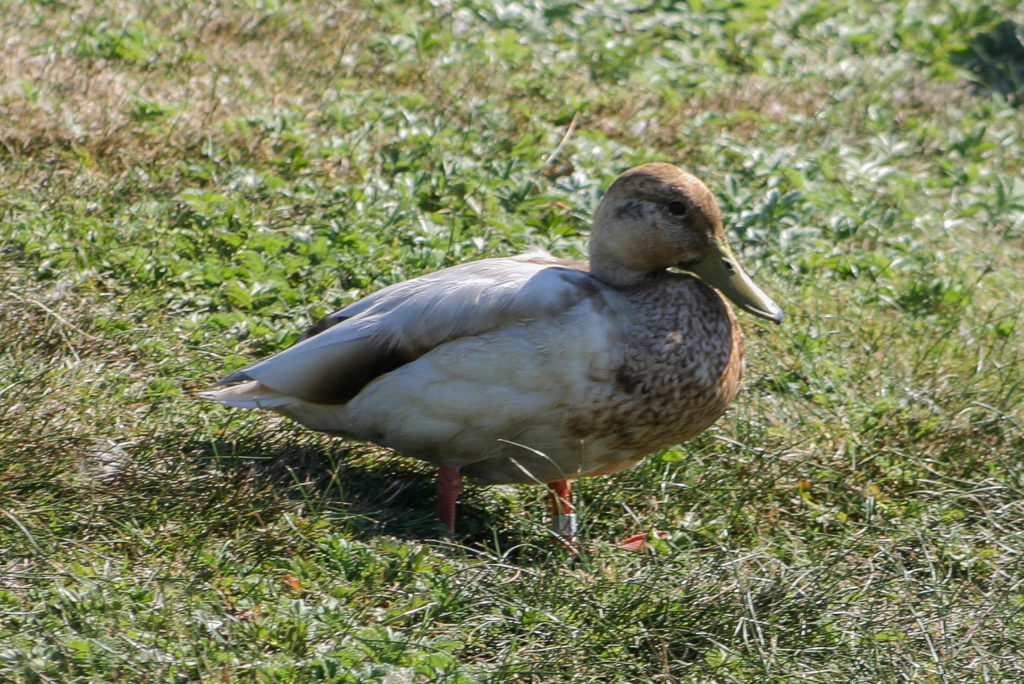
And that’s it from my West Cost Trip #2! Thank you everyone for reading, and stick around to hear about the Canmore Christmas Bird Count.
